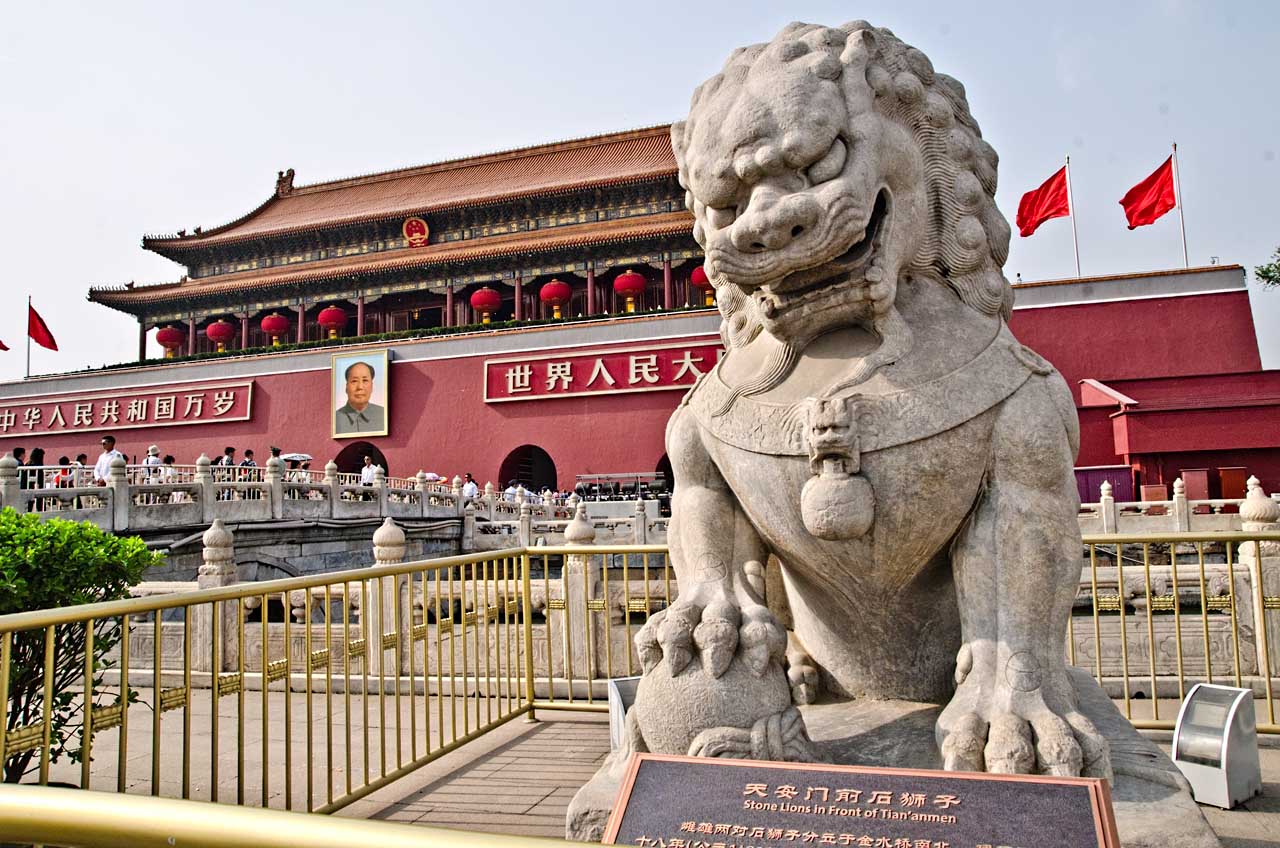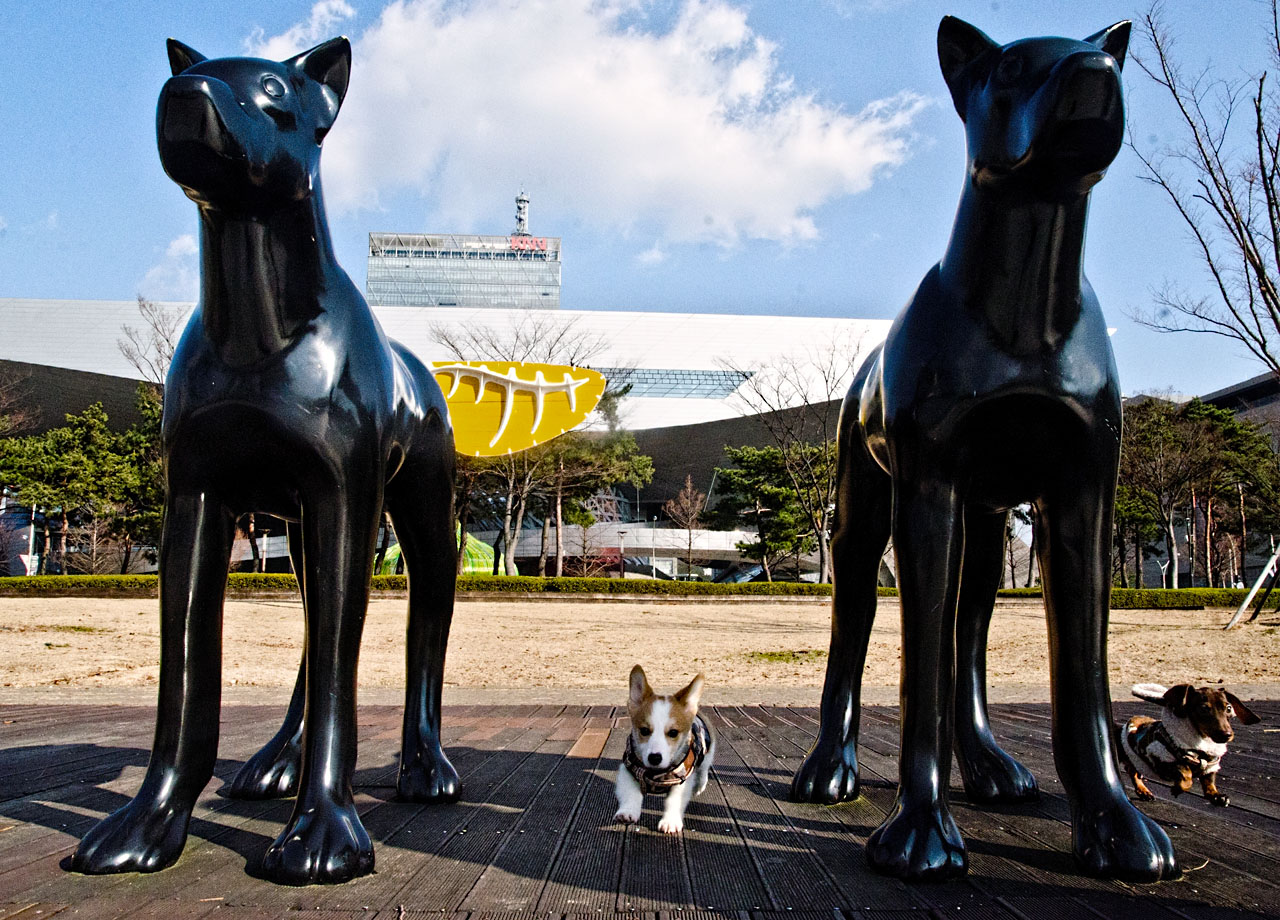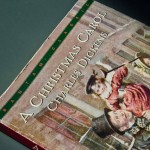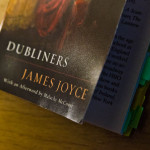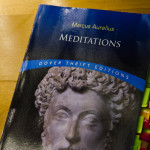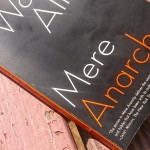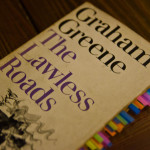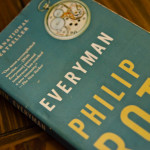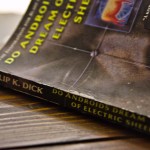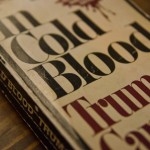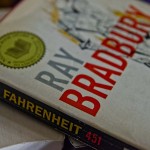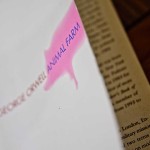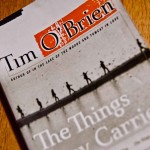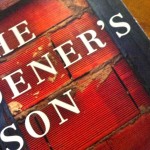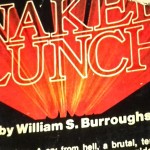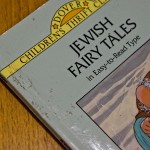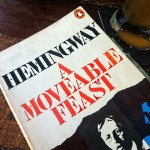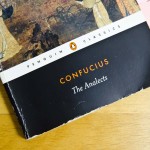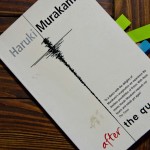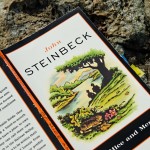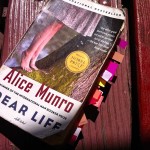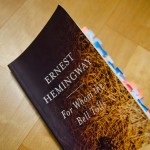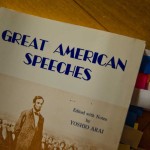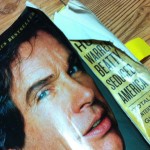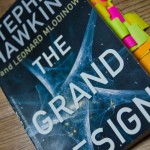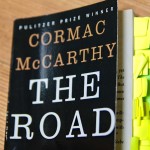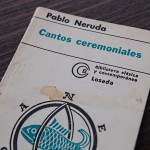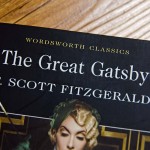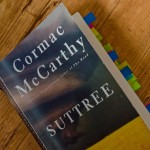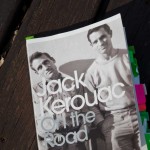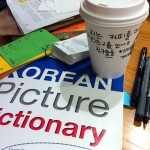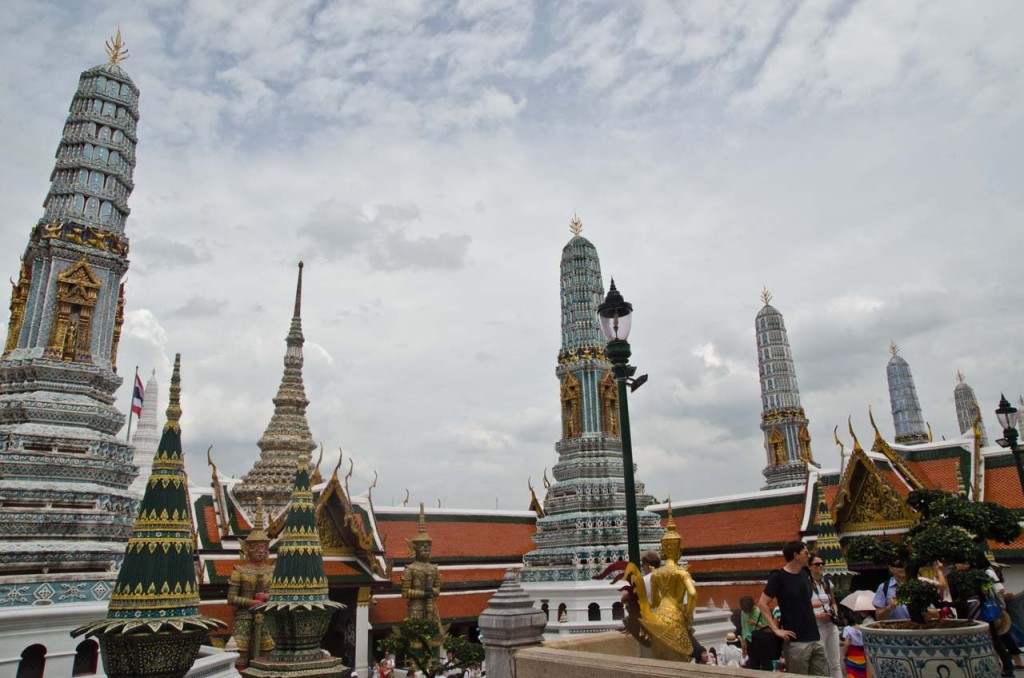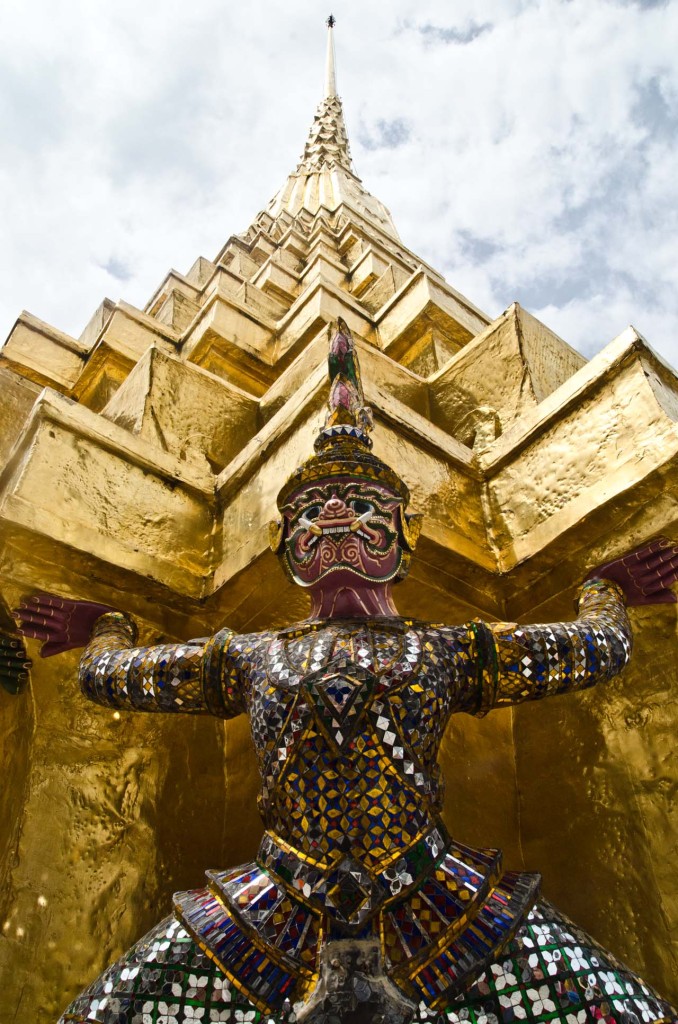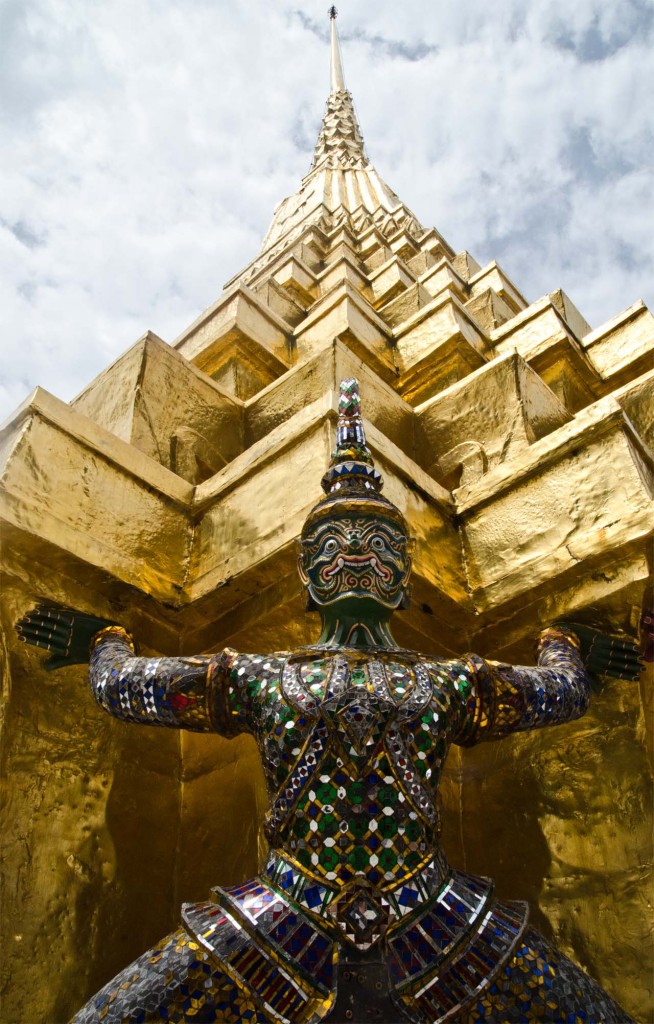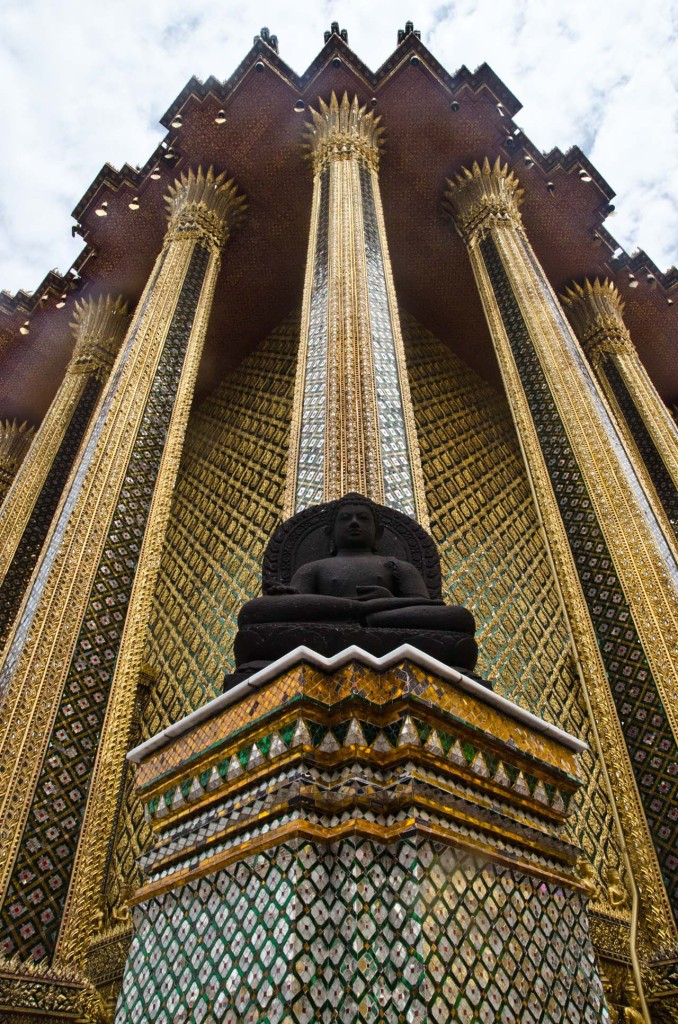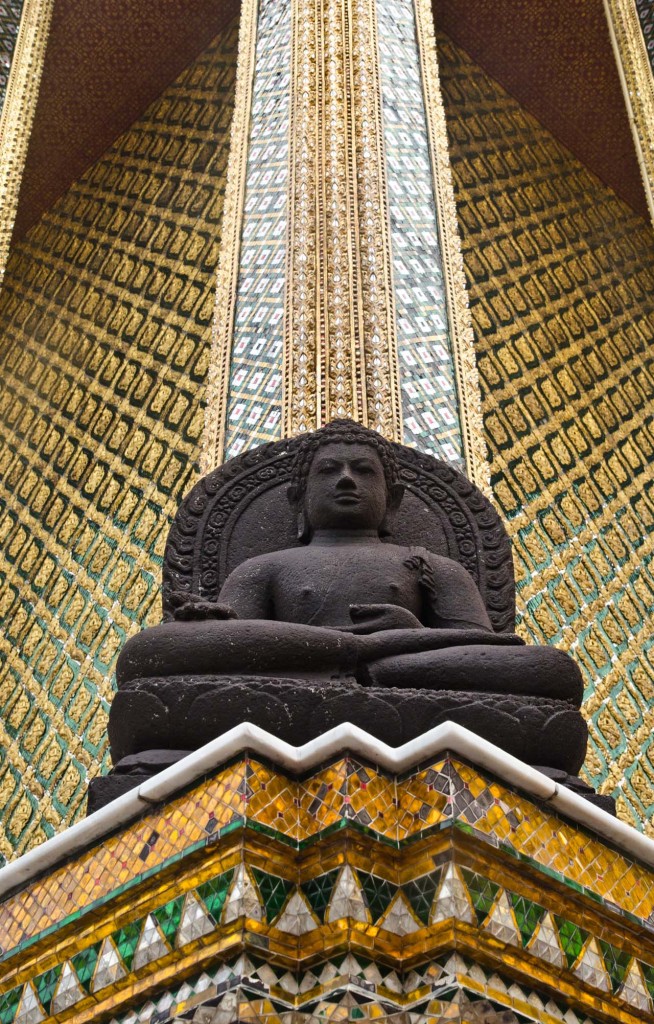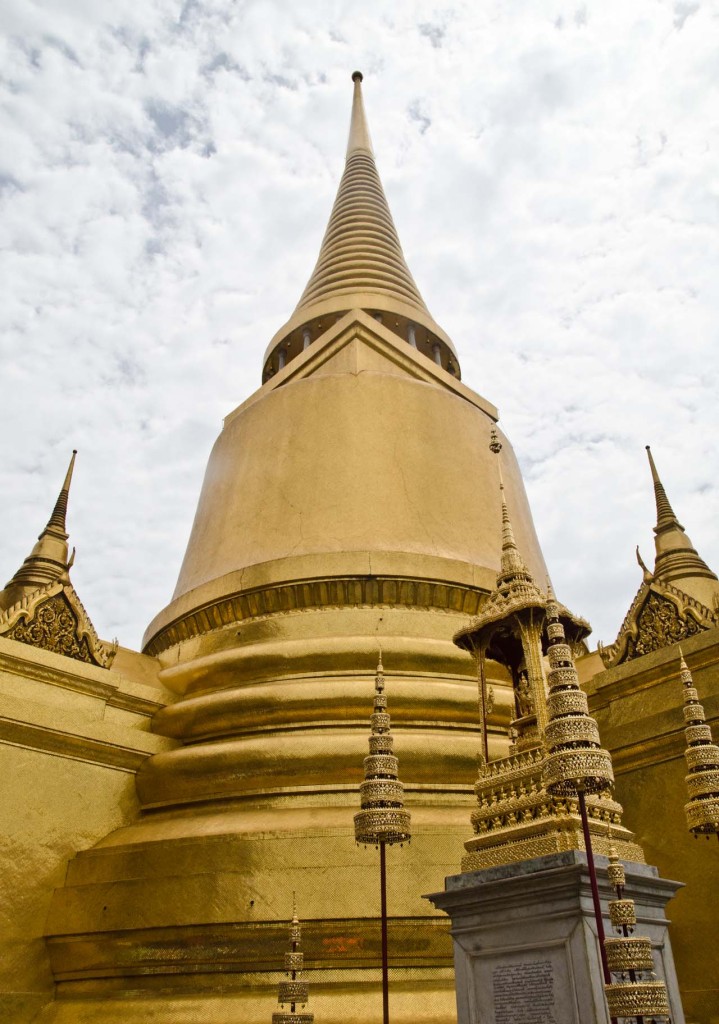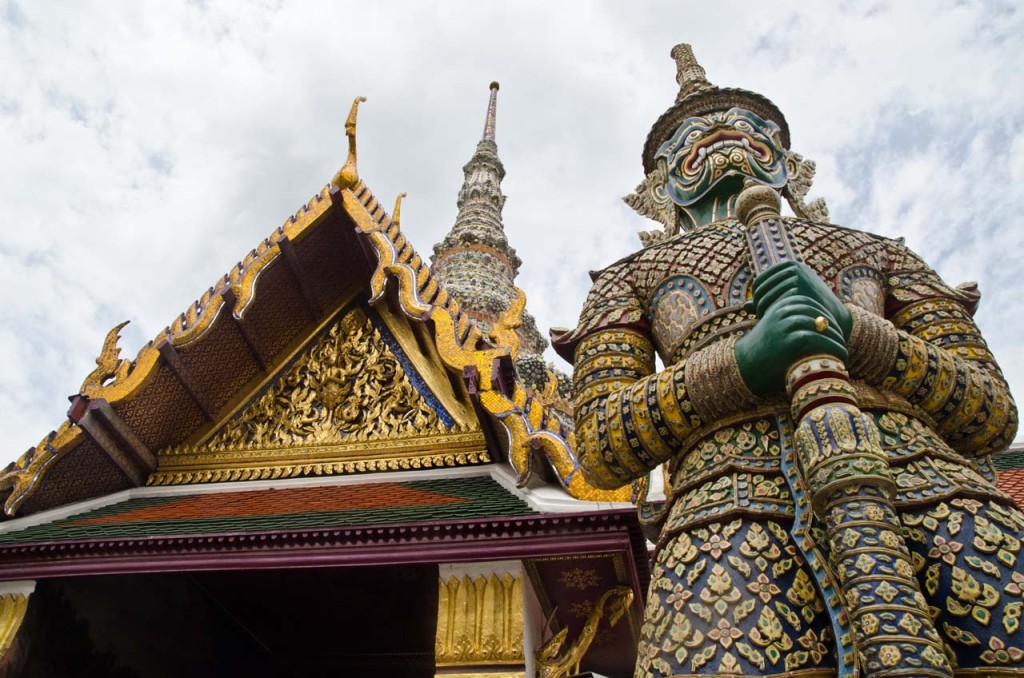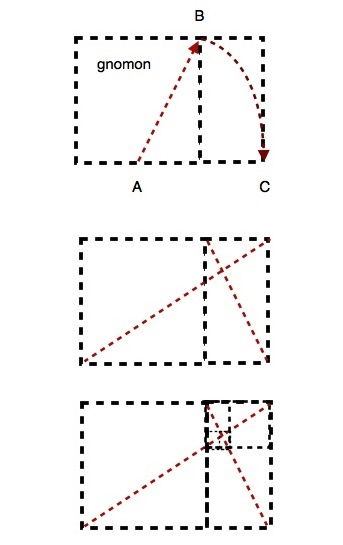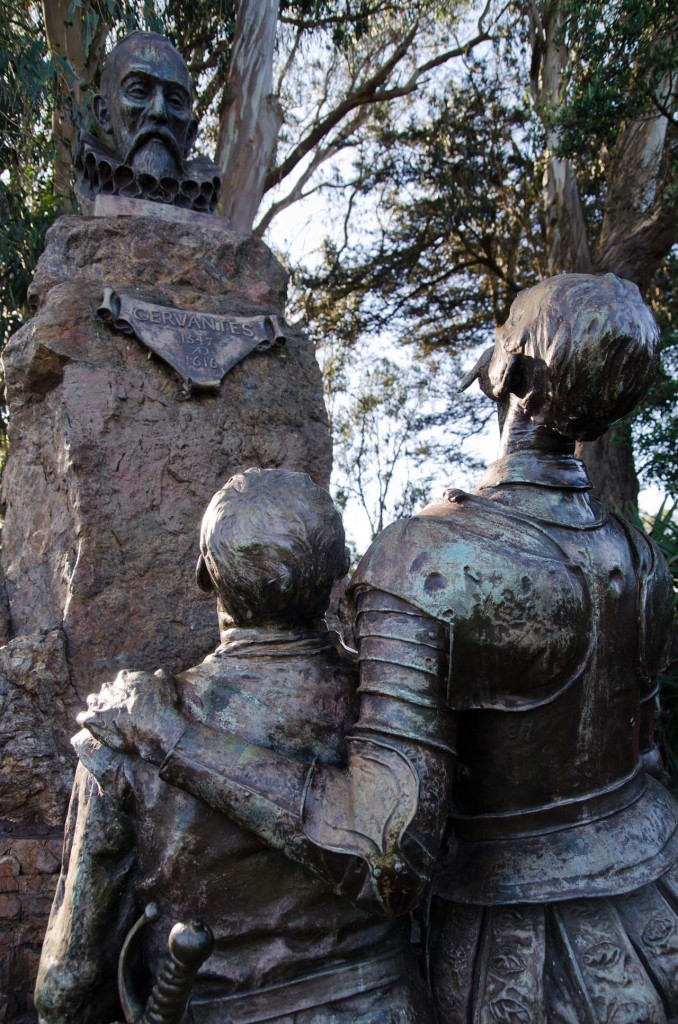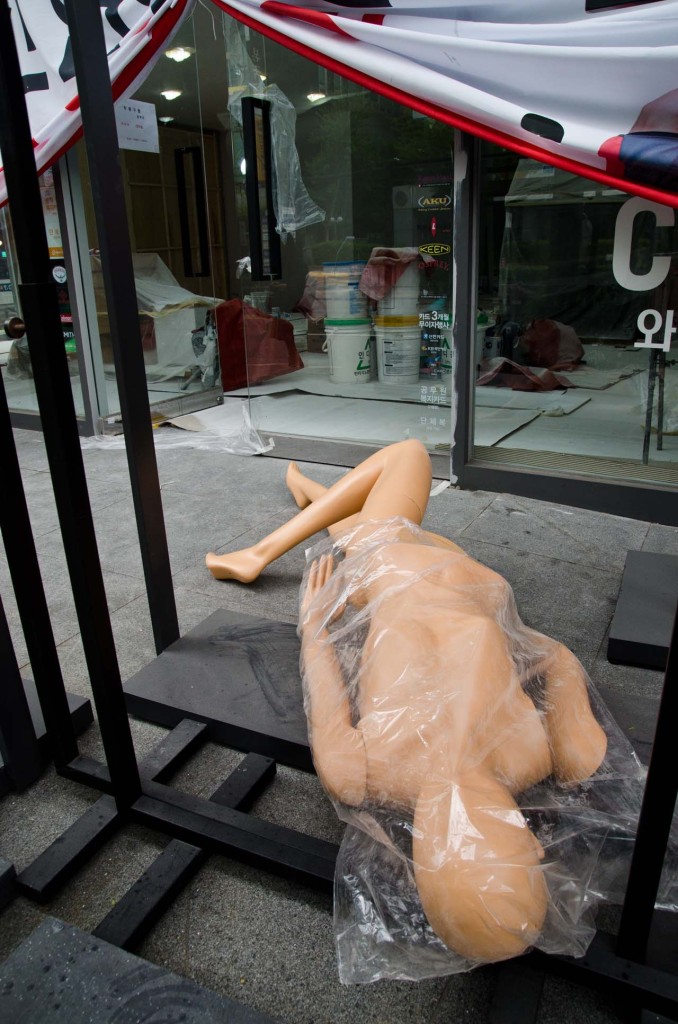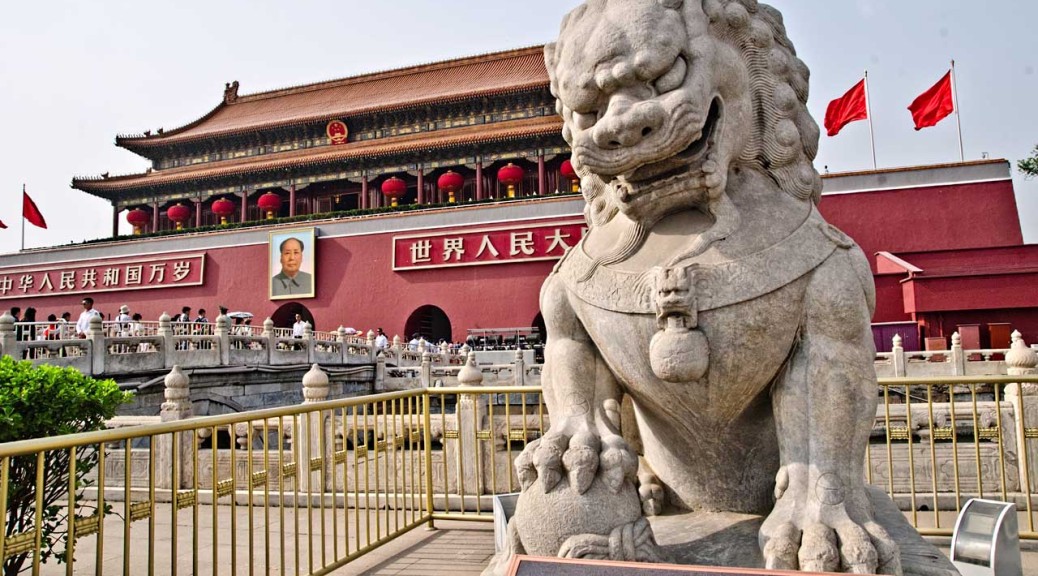
Category Archives: sculptures


Centum Park
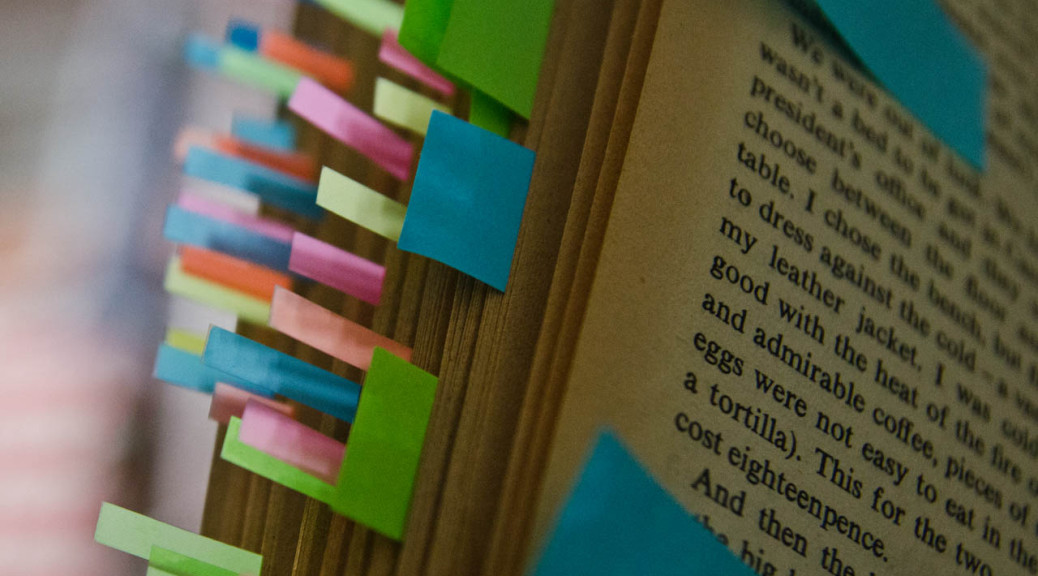
books 2016
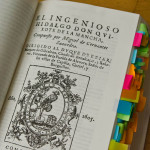
Cervantes Saavedra, Miguel de. Don Quijote De La Mancha. Madrid: Real Academia Española, 2015. Print. (First ed. 1605)
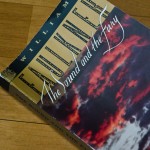
Faulkner, William. The Sound and The Fury. New York: Vintage International, 1990. Print. (1984 correction, first ed. 1929)
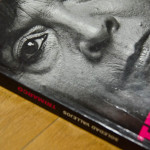
Vallejos, Soledad. Trimarco: la mujer que lucha por todas las mujeres. Argentina: Aguilar, 2013. Print.
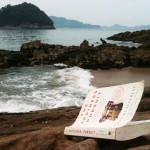
Guillebeau, Chris. The Happiness of Pursuit: Finding the Quest That Will Bring Purpose to Your Life. New York: Harmony Books, 2014. Print.
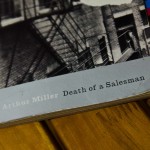
Miller, Arthur. Death of a Salesman. London, England: Penguin Classics, 2000. Print. [First ed. 1949.]
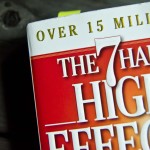
Covey, Stephen R. The 7 Habits of Highly Effective People: Restoring the Character Ethic. New York, N.Y.: Free Press, 2004. Print. (First ed. 1989).
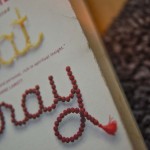
Gilbert, Elizabeth. Eat, Pray, Love: One Woman’s Search for Everything Across Italy, India and Indonesia. New York, N.Y.; Penguin, 2007. Print. (First ed. 2006)
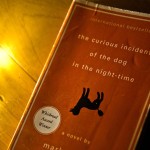
Haddon, Mark. the curious incident of the dog in the night-time. New York, NY: Vintage Books, 2004. Print. (First ed. 2003)
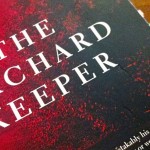
McCarthy, Cormac. The Orchard Keeper. New York, N.Y.: Vintage International, 1993. Print. (First ed. 1965).
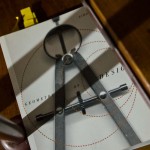
Elam, Kimberly. Geometry of Design: Studies in Proportion and Composition. New York: Princeton Architectural, 2001. Print.
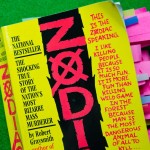
Graysmith, Robert. Zodiac: The Shocking True Story of The Nation’s Most Bizarre Mass Murderer. New York, NY: Berkley, 2007.
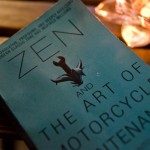
Pirsig, Robert M. Zen and the Art of Motorcycle Maintenance: An Inquiry into Values. New York: Harper Torch, 2006. Print.
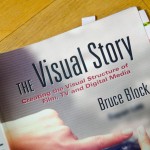
Block, Bruce A. The Visual Story: Creating the Visual Structure of Film, TV and Digital Media. 2nd ed. Amsterdam: Focal/Elsevier, 2008. Print.
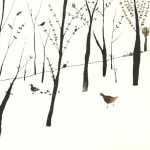
Hwang, Sŏn-mi, Chi-Young Kim, and Nomoco. The Hen Who Dreamed She Could Fly: A Novel. U.S.: Penguin Books, 2013. Print.
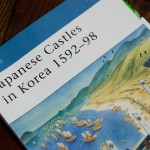
Turnbull, Stephen R., and Peter Dennis. Japanese Castles in Korea, 1592-98. Oxford: Osprey, 2007. Print.
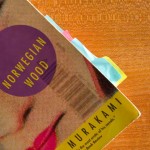
Haruki Murakami. 村上 春樹 Norwegian Wood. (translated by Jay Rubin) 2011. Vintage Open-Market Edition. Published in Japanese in 1987.

Fisher, Roger, William Ury, and Bruce Patton. Getting to Yes: Negotiating Agreement without Giving in. New York: Penguin, 2011. Print.
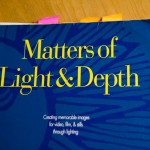
Lowell, Ross. Matters of Light & Depth: Creating Memorable Images for Video, Film & Stills through Lighting. Philadelphia: Broad Street, 1992. Print.
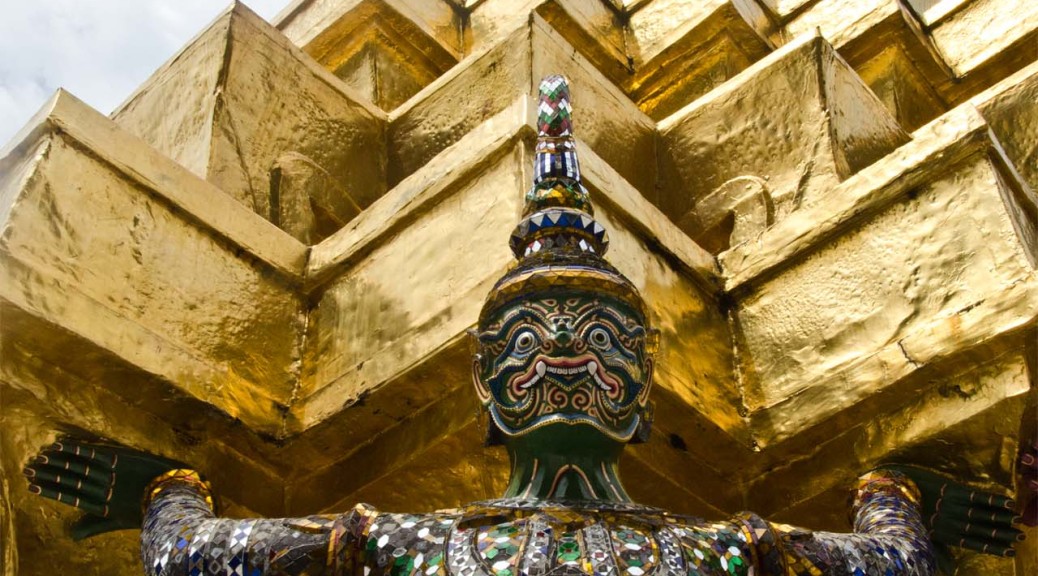
Wat Phra Kaew
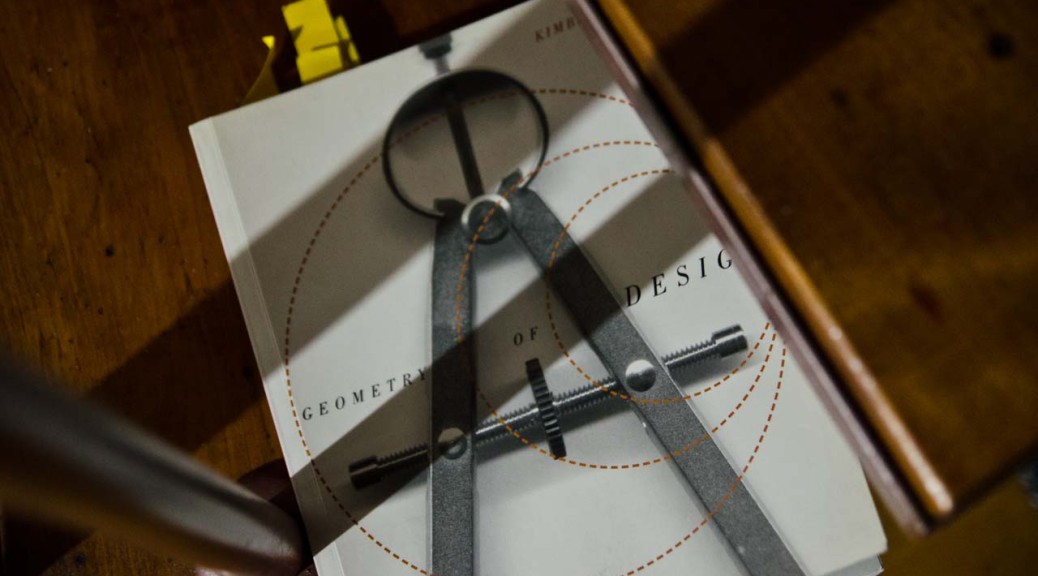
Geometry of Design (II)
Elam, Kimberly. Geometry of Design: Studies in Proportion and Composition. New York: Princeton Architectural, 2001. Print.
See Fibonacci number
Golden section square construction Method p. 24
AB AC
—- = —–
AC CB
A C B
|——————-|———|
“The golden section rectangle is unique in that when subdivided its reciprocal is a smaller proportional rectangle.” p. 25
Golden Section Spiral construction. p. 25
620/377 = 1.61803 Golden Section. p. 29
Golden Section Triangle and Ellipse p. 30
Golden Section Proportion of the Star Pentagram p. 31
Root 2 Rectangle Construction (√2) p. 34

Hambidge Fig. 10 showing construction of “root rectangles. 1920. from Dynamic symmetry: the Greek vase. Via Wikimedia.
Root 2 Rectangle Construction. Circle Method p. 35
DIN System of Paper Proportioning A1-A5
“Root 2 rectangles possess the special property of being endlessly subdivided by proportionally smaller rectangles. It is for this reason that the root 2 rectangle is the basis for the European DIN (Deutsche Industrie Normen), a system of paper sizes.” p. 36
Root 3 rectangle p. 38
Root 4 Rectangle p. 40.

Lacey Davis Caskey – Geometry of Greek Vases: Attic Vases in the Museum of Fine Arts Analysed According to the Principals of Proportion Discovered by Jay Hambidge. Via Wikimedia
See The Modulor by Le Corbusier
Le Corbusier: “the composition of of works of art is governed by by rules; these rules may be conscious methods, pointed and subtle, or they may be commonplace rules, tritely applied. They may also be implied by the creative instinct of the artist, a manifestation of an intuitive harmony,” p. 43
See Jules Cheret and Star Pentagram proportions.

Hippodrome, Leona Dare, 1883. Via wikimedia.
See Belle Époque
See Oskar Schlemmer
1932 Schlemmer Treppenszene anagoria. Via Wikimedia.
See East Coast poster by Tom Purvis

Designed by Tom Purvis and believed to feature his son with a Meccano. Via Wikimedia.
Circles aligned in Wagon -Bar Poster by A.M. Cassandre, 1932.

А.М. Кассандр (1901 — 1968) Via Wikimedia.
See Constructivism

‘Proun Vrashchenia’ by El Lissitzky, 1919. Wikimedia.
See Die Neue Typographie (1928) by Jan Tschichold
Root 2 rectangles and circles in proportion p. 73
Type construction p. 74
See Max Bill
See Inge Druckrey
See Bruno Monguzzi
Le Corbusier (from Modulor, 1949):
“The regulating lines do not bring in any poetic or lyrical ideas; they do not inspire the theme of the work; they are not creative; they merely establish a balance.” p. 101.
“Biology, geometry, and art are taught as separate subjects. The content area of each that is congruent to the other is often neglected and the student is left to make the connections on their own. In addition, art and design are commonly viewed as intuitive endeavors and expressions of personal inspirations.” p. 101

Geometry of Design (I)
Elam, Kimberly. Geometry of Design: Studies in Proportion and Composition. New York: Princeton Architectural, 2001. Print.
“German psychologist, Gustav Fechner…. investigated the human response to the special aesthetic qualities of the golden section rectangle… Fechner limited his experiment to the man-made world and began by taking the measurements of thousand of rectangular objects such as books, boxes, buildings, matchbooks, newspapers, etc. He found that the average ratio was close to a ration known as the golden ration, 1:1.618, and that the majority of people prefer a rectangle whose proportions are close to the golden section.” p. 6-7.
Most preferred rectangle 5:8 according to Fechner (1876) and Lalo (1908).
Read The Curves of Life by Cook, Theodore Andrea, Sir, (1867-1928)
“there is an attempt in biological growth pattern proportion to approach but never reach golden spiral proportions.” p. 9
“the ration of any two lines within a star pentagram is the golden section proportion of 1:1.618.” p. 9
“The numbers 8 and 13 as found in the pine cone spiral and 21 and 34 as found in the sunflower spiral and 21 and 34 as found in the sunflower spiral… adjacent pairs in the mathematical sequence called the Fibonacci sequence.” p. 10.
“Vitruvius advised that the architecture of temples should be based on the likeness of the perfectly proportioned human body where a harmony exists among all parts.” p. 12
See Vitruvius (born c. 80–70 BC, died after c. 15 BC)

A 1684 depiction of Vitruvius (right) presenting De Architectura to Augustus. Sebastian Le Clerc. Via wikimedia.
See statue Doryphoros (Δορυφόρος)
See statue Artemision Bronze
See Leornardo Da Vinci’s Human Figure in a Circle and Albrecht Dürer‘s Man Inscribed in a Circle
See facial proportions p. 18-19
“The Parthenon in Athens is an example of the Greek system of proportioning. In a simple analysis the façade of the parthenon is embraced by a subdivided golden rectangles.” p. 20
On the Cathedral of Notre Dame “The rectangle around the cathedral façade is in golden section proportion.” p. 21
“The clerestory window is in proportion of 1:4 to the major circle of the façade.” p. 21
“Even the earliest and most primitive architect developed the use of a regulating unit of measure such as a hand, or foot or forearm in order to systemize and bring order to the task.” p. 22-23.
Gnomon (figure)

Gold, silver, and bronze rectangles arranged vertically so that they are all the same width. Squares marked with dotted lines and arrows. Via Wikimedia.
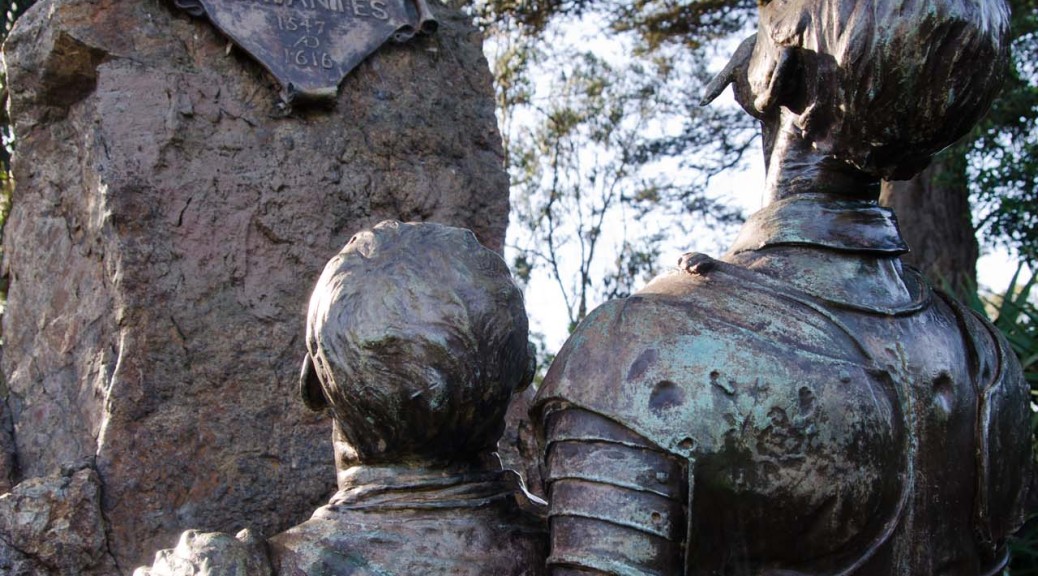
Cervantes
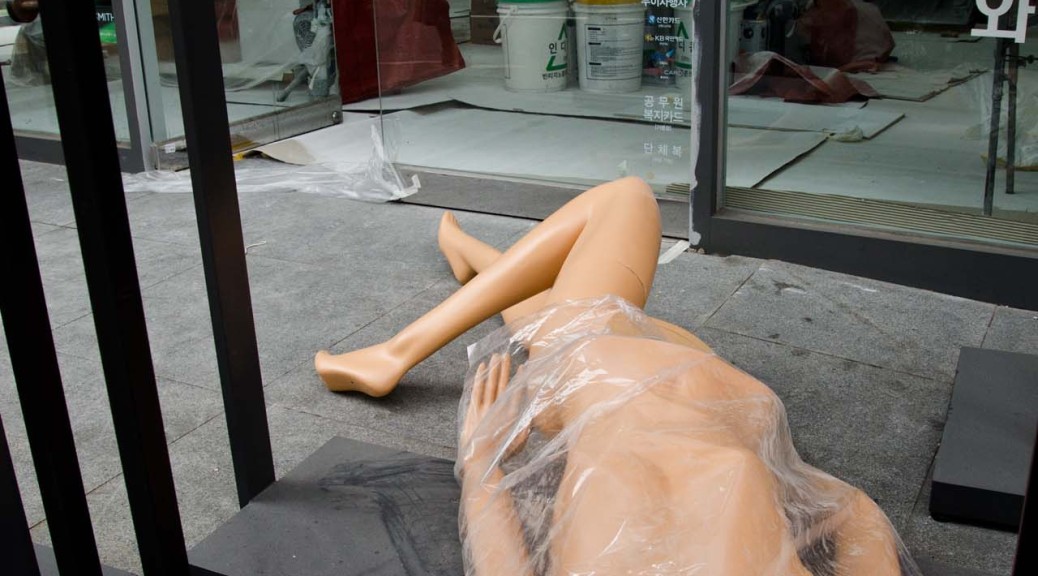
mannequin
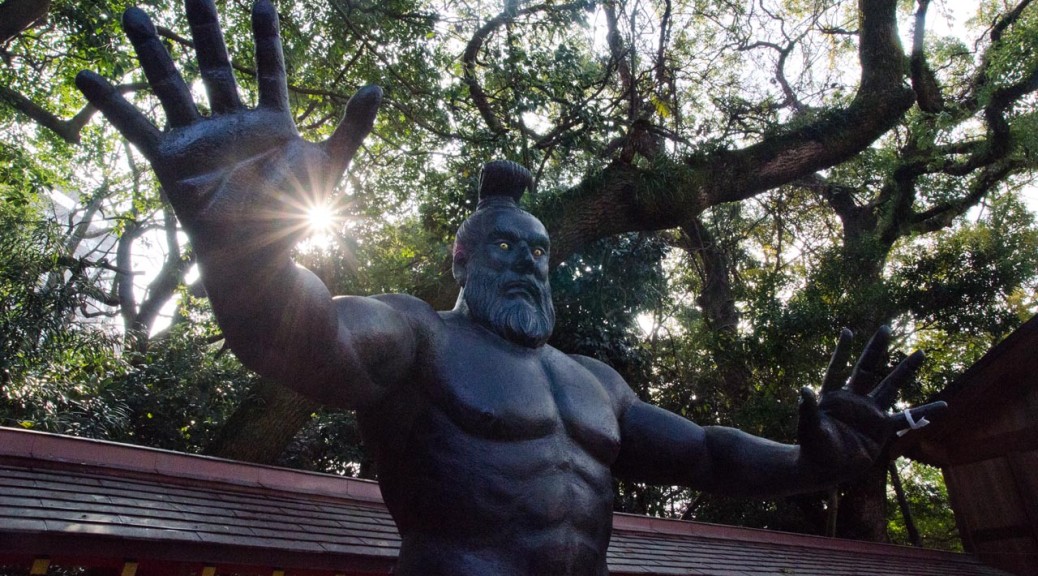
Fukuoka New Year’s Day
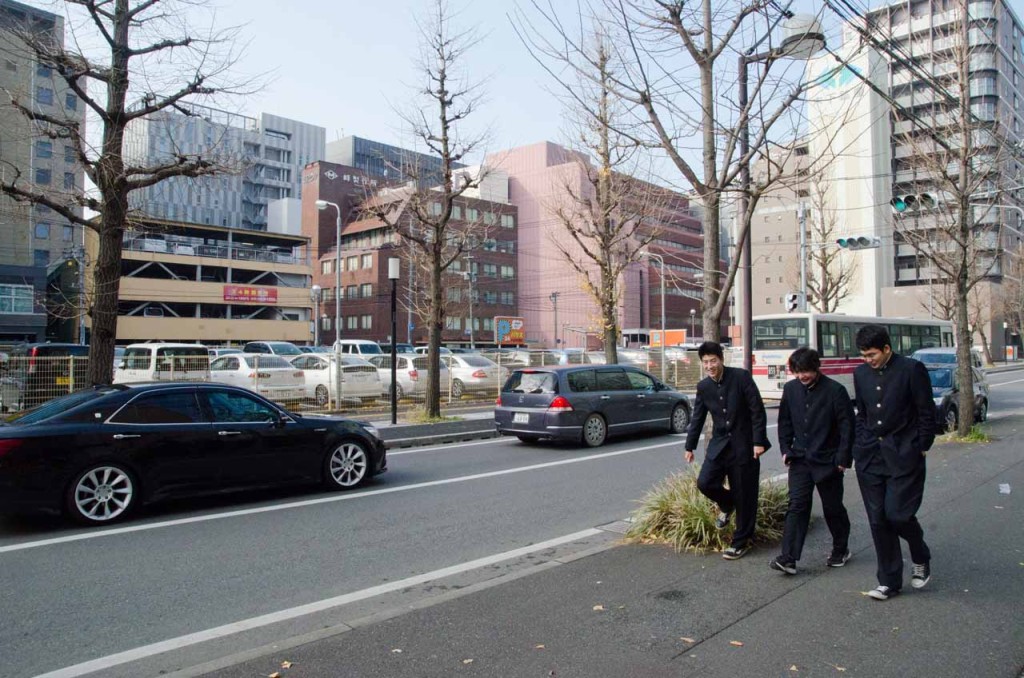 New Year’s day. Students near Hakata station.
New Year’s day. Students near Hakata station.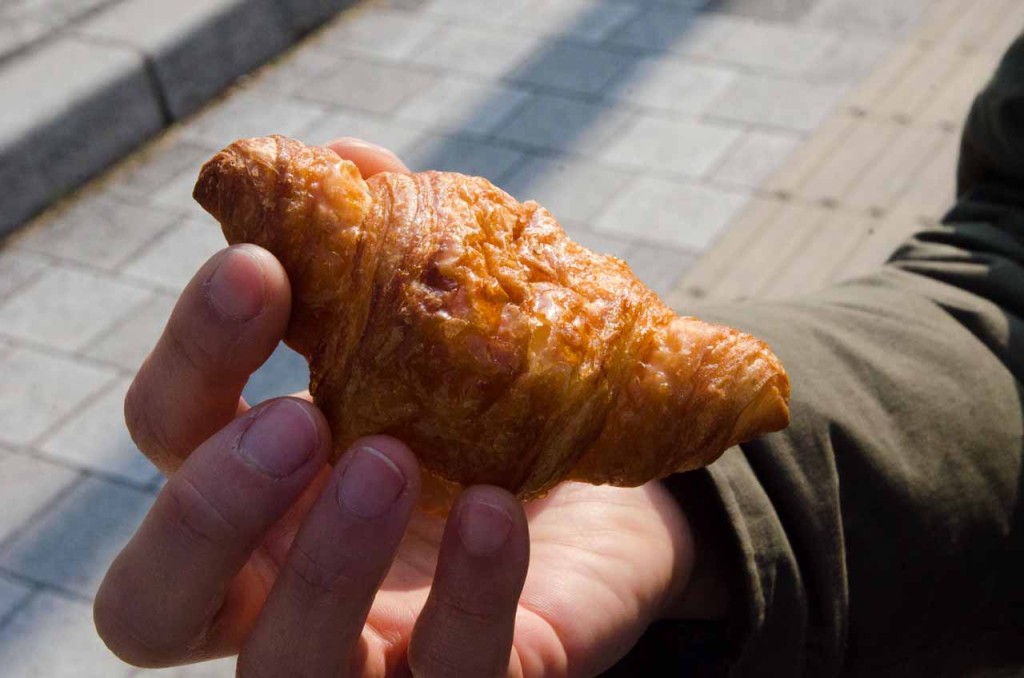 Had delicious croissants from Il Forno Mignon at Hakata station.
Had delicious croissants from Il Forno Mignon at Hakata station.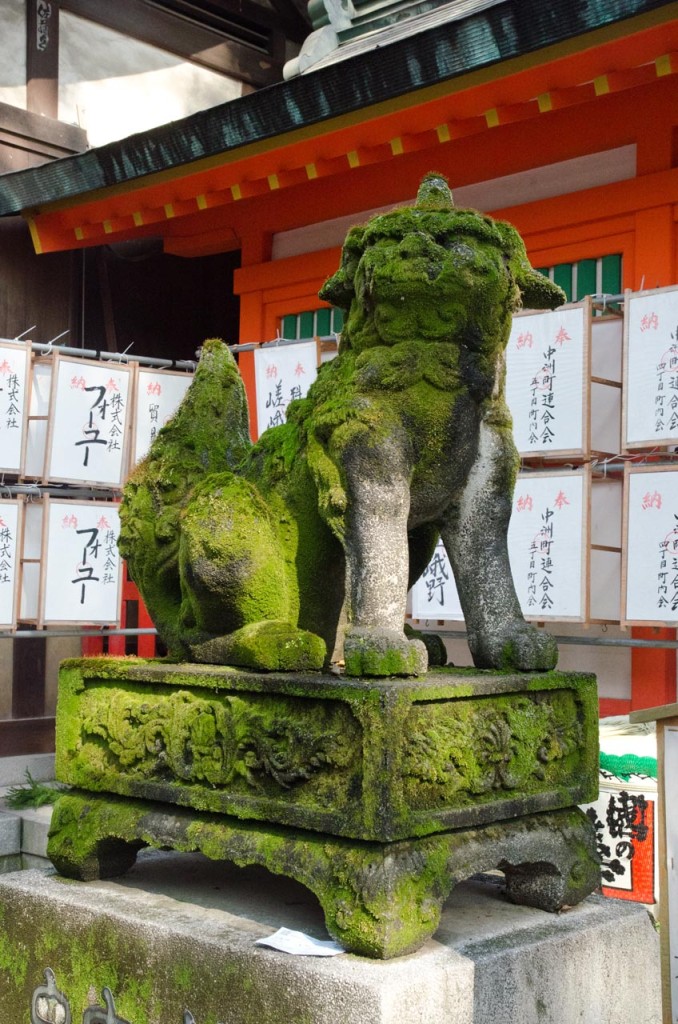 Komainu 狛犬 at Sumiyoshi shrine 住吉神社.
Komainu 狛犬 at Sumiyoshi shrine 住吉神社. 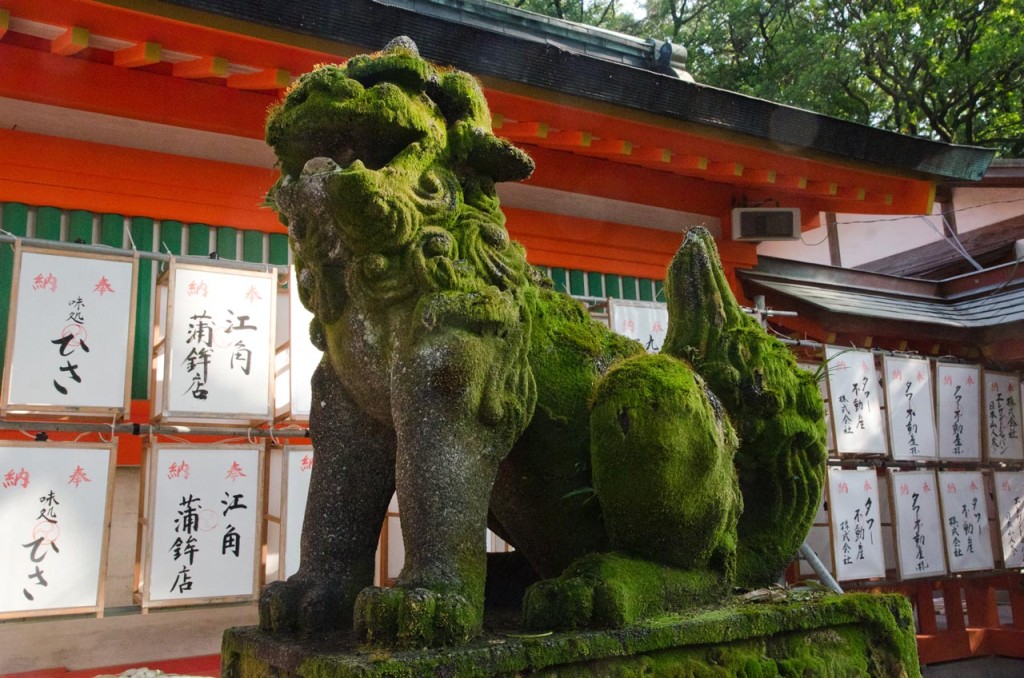
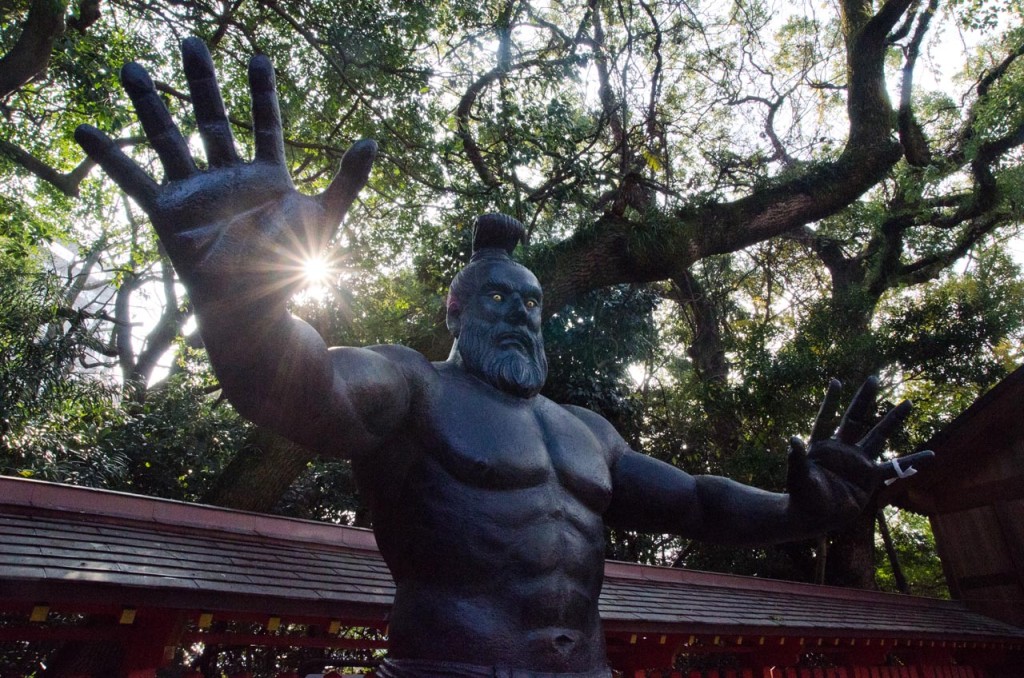
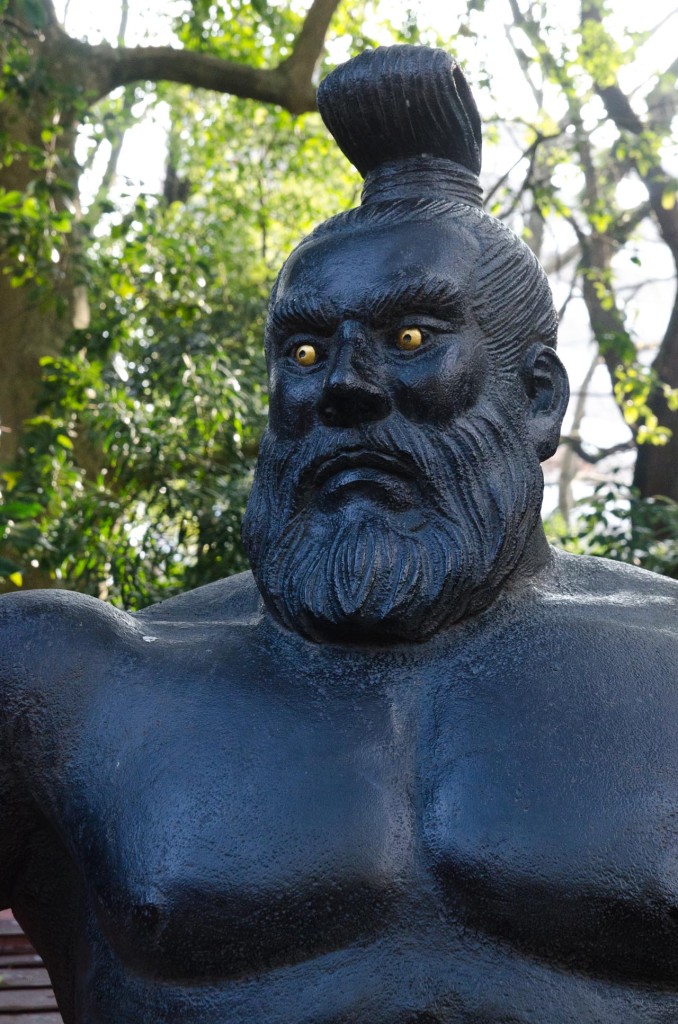 Statue of an ancient sumo wrestler revisited.
Statue of an ancient sumo wrestler revisited.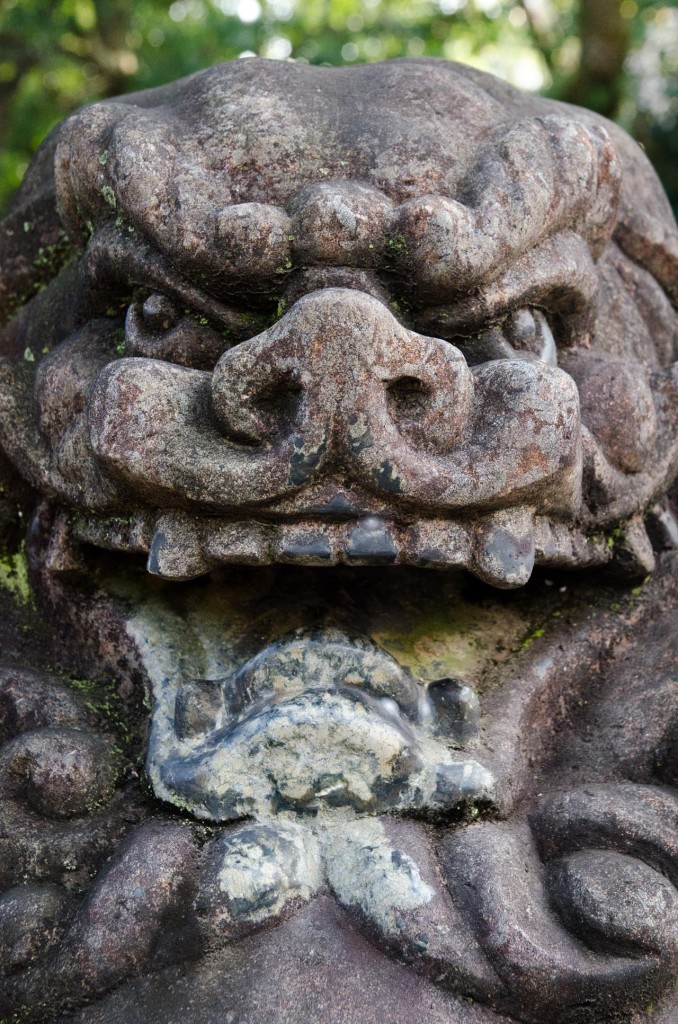 Komainu.
Komainu. A dog and his master waiting in line at the shrine.
A dog and his master waiting in line at the shrine. An older couple arrived at the shrine with their respective matching pups.
An older couple arrived at the shrine with their respective matching pups. 
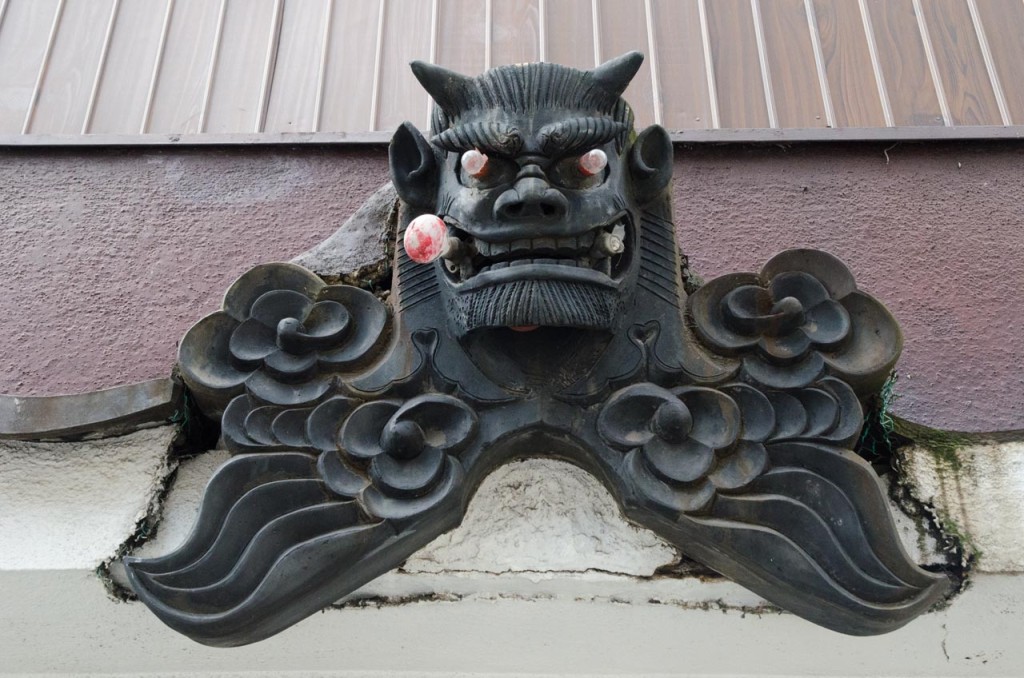
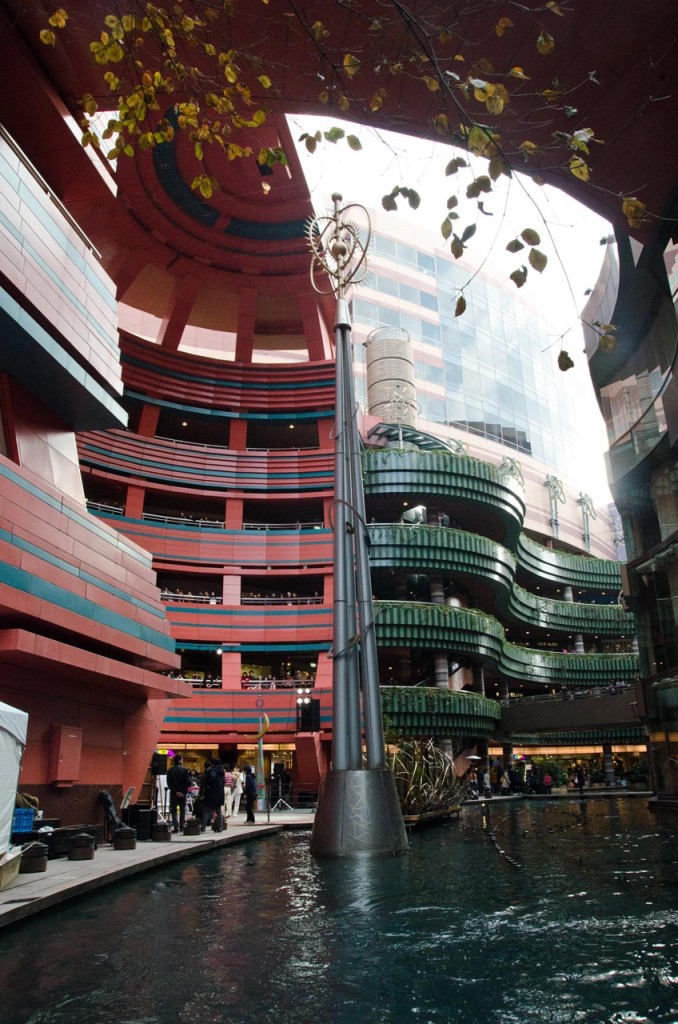 Canal City.
Canal City.
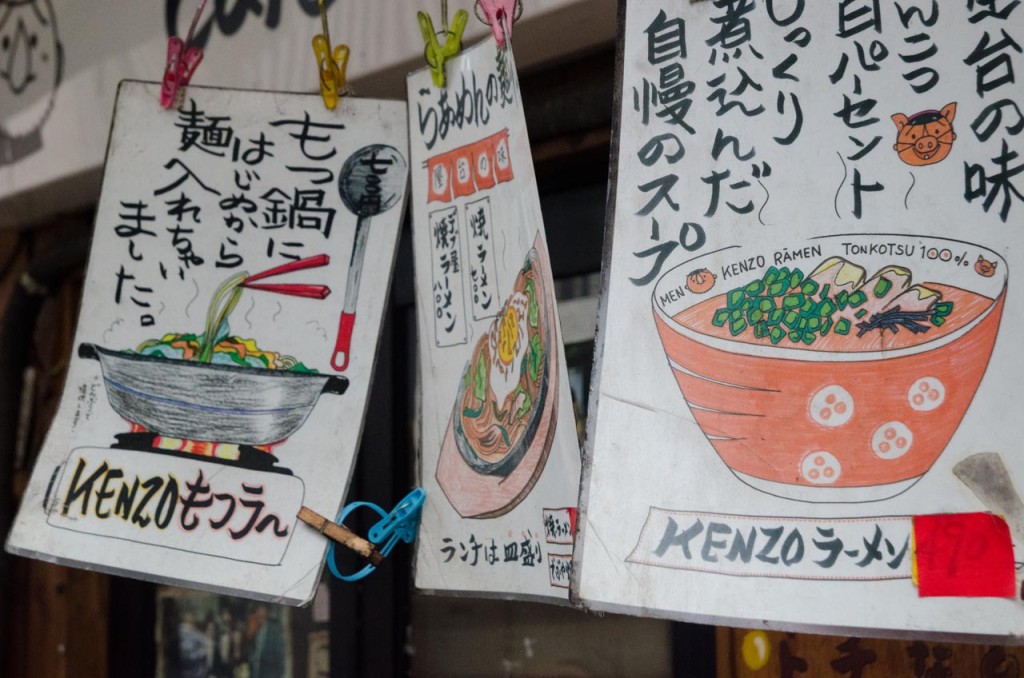
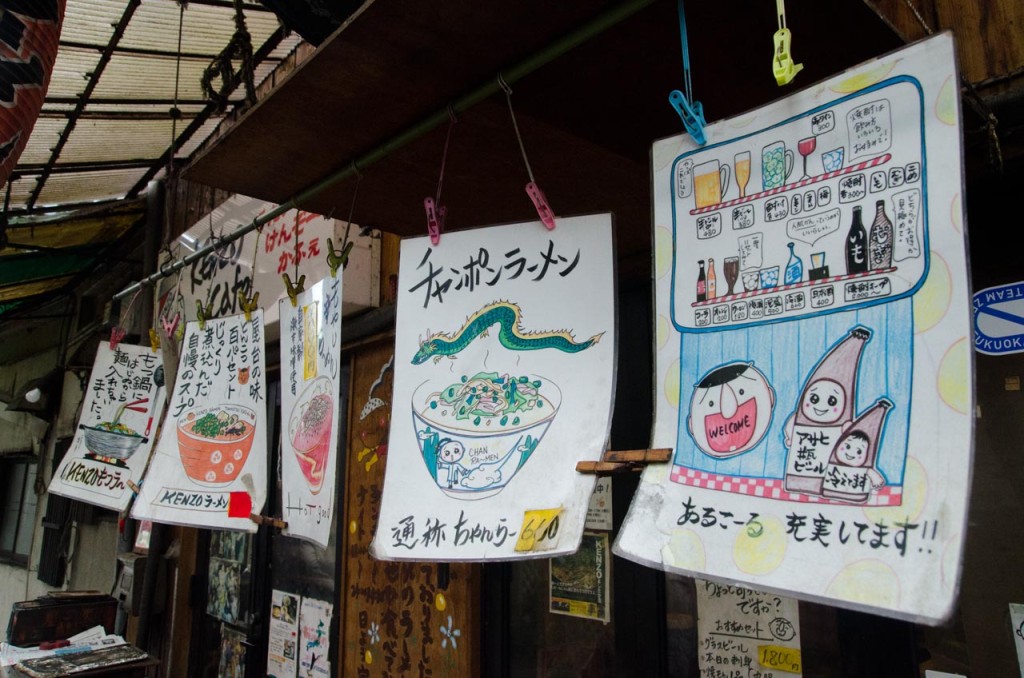 Kawabata shopping arcade.
Kawabata shopping arcade. 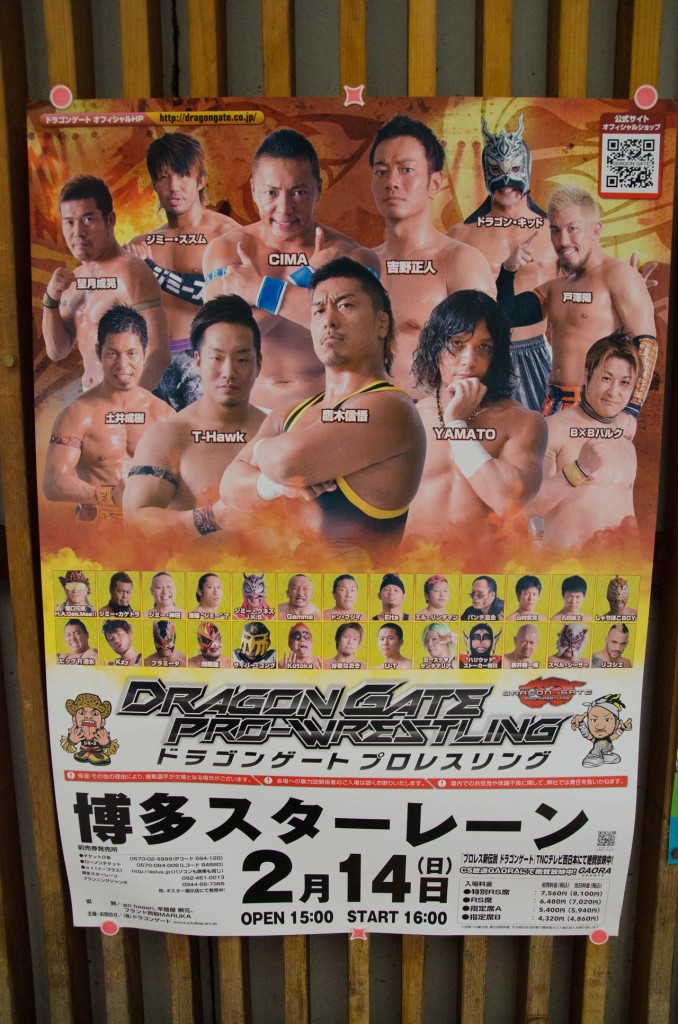 We were all wrestlers in Japan once.
We were all wrestlers in Japan once.
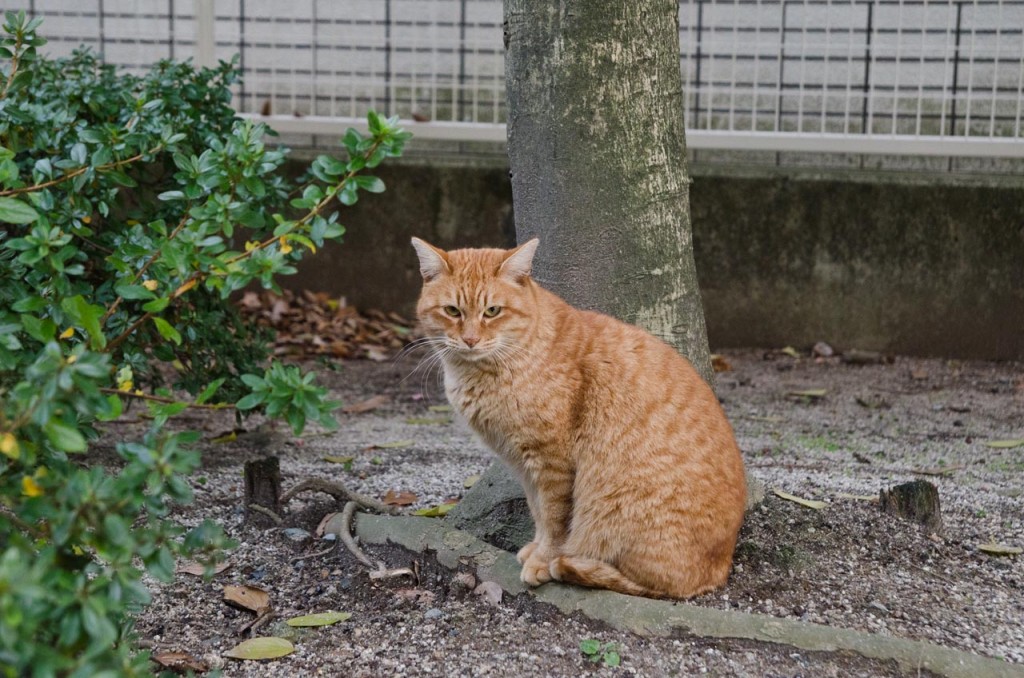 ネコ. Ca ca catters mccatters ©.
ネコ. Ca ca catters mccatters ©. 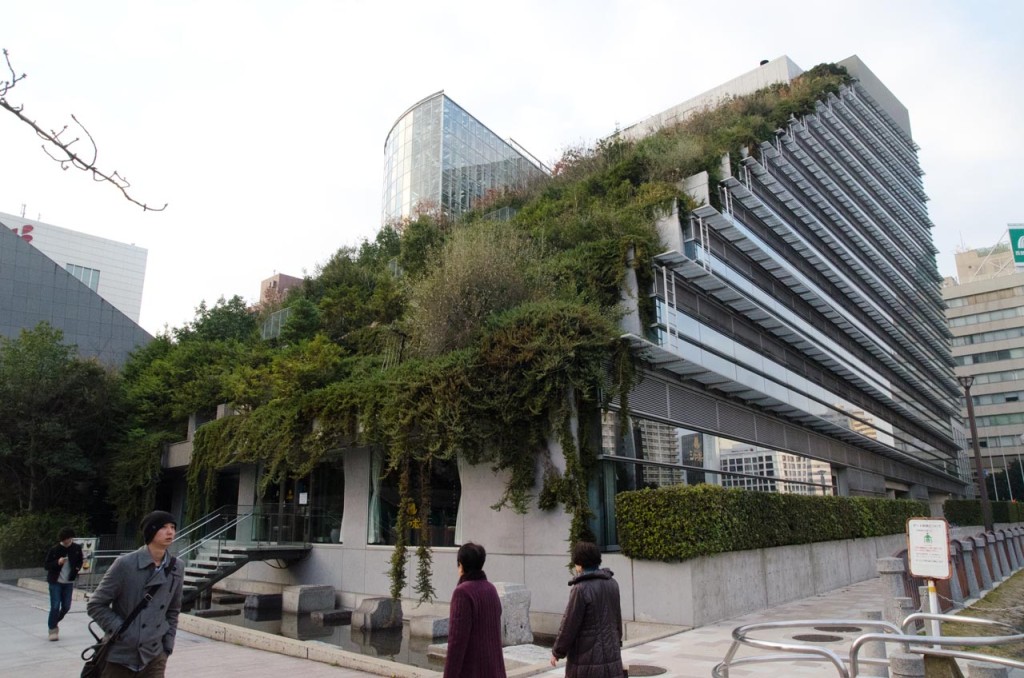 ACROS.
ACROS. A little papillon near Watanabe dori.
A little papillon near Watanabe dori.
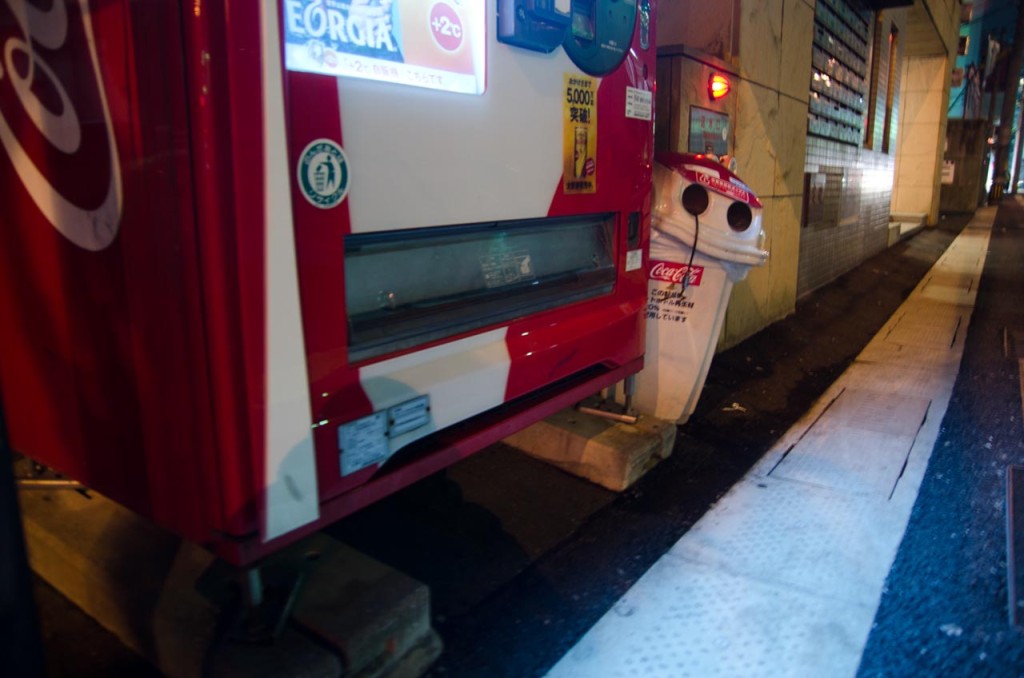 Had the creeping sensation of being followed.
Had the creeping sensation of being followed.
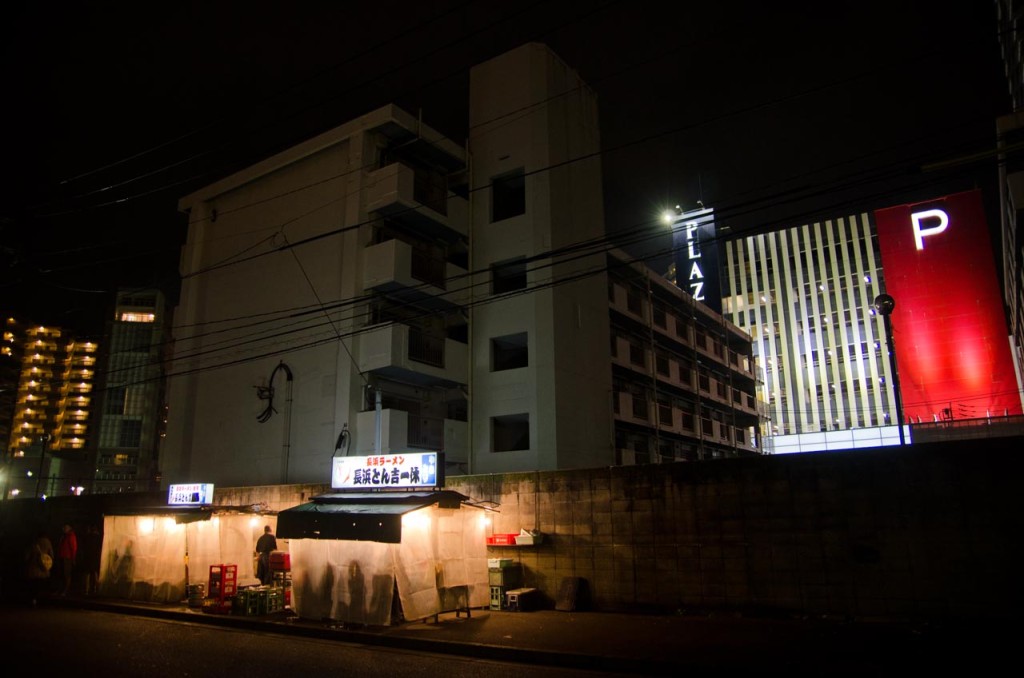 Found some yatai 屋台 at the edge of the city. I got excited about a yakuza-looking guy hanging out near the joint that had part of his little finger missing. She was more excited about the food.
Found some yatai 屋台 at the edge of the city. I got excited about a yakuza-looking guy hanging out near the joint that had part of his little finger missing. She was more excited about the food.
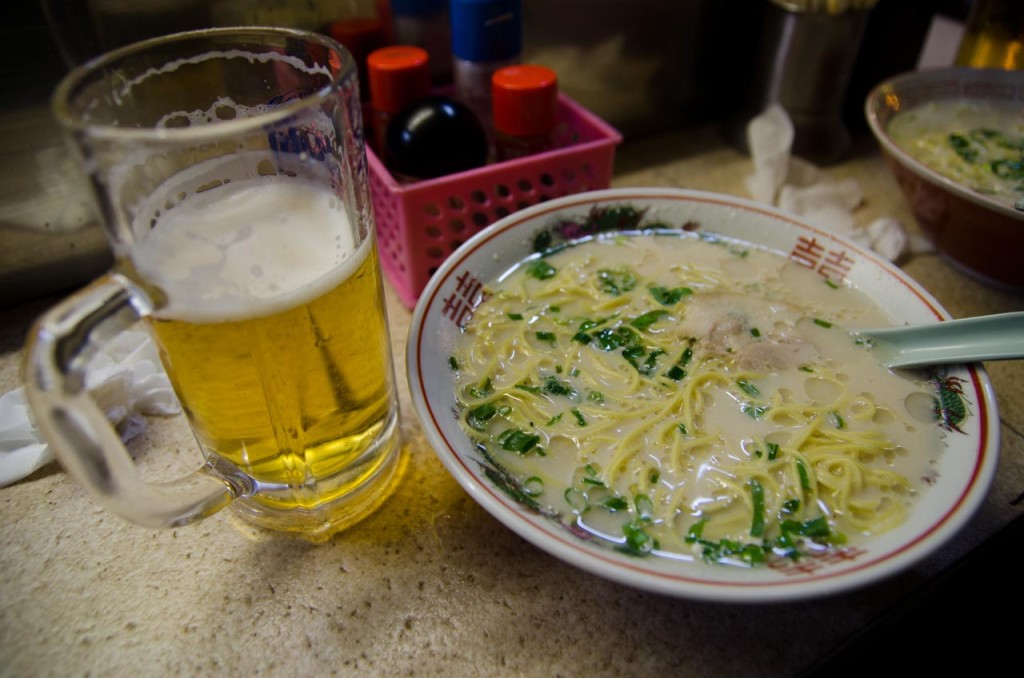 Some of the best ramen noddles I’ve had under a plastic tarp.
Some of the best ramen noddles I’ve had under a plastic tarp.
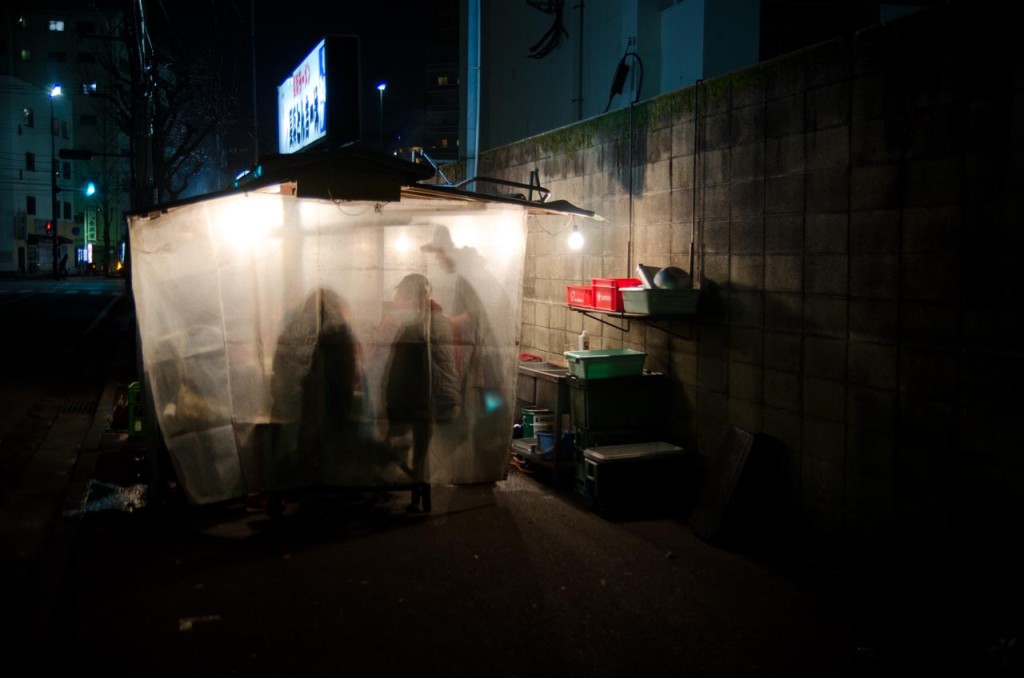
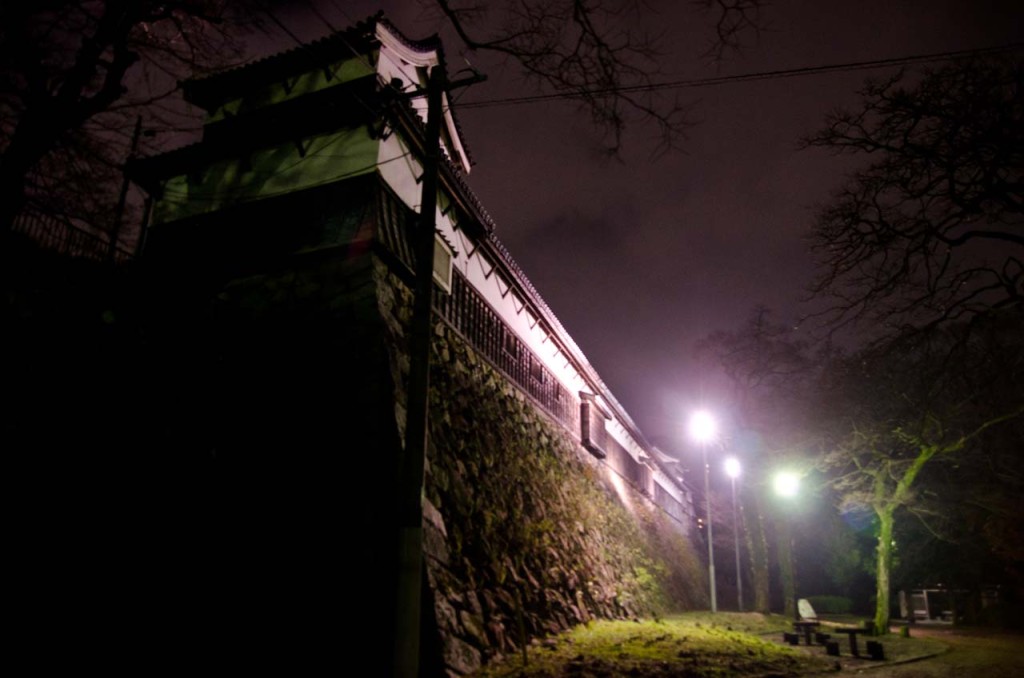 Walked the ruins of Fukuoka castle in the dark.
Walked the ruins of Fukuoka castle in the dark.
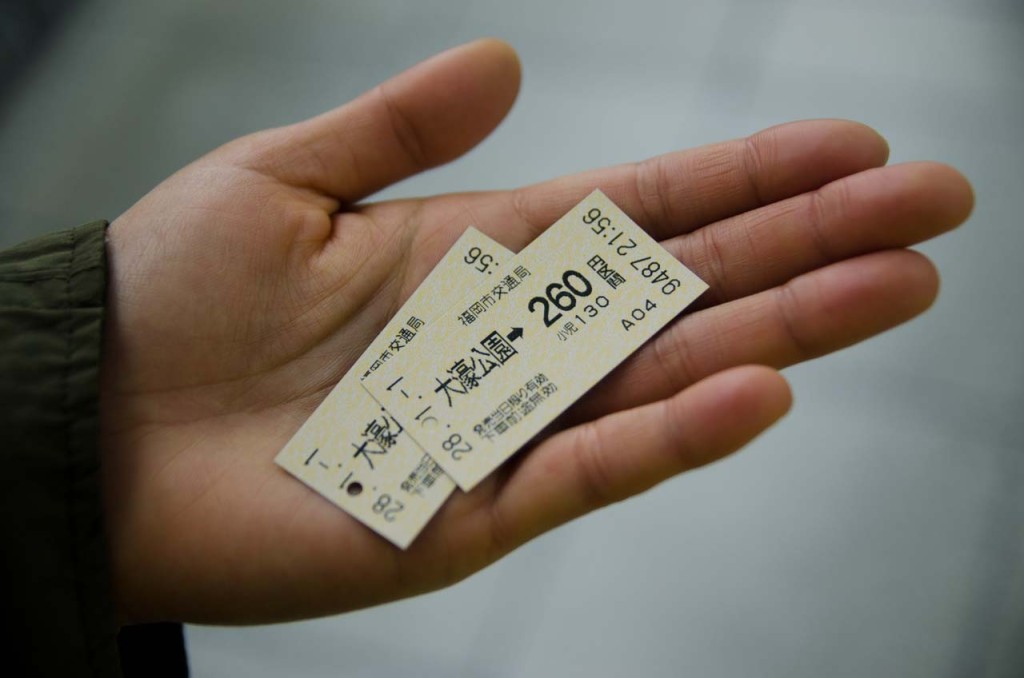 Headed back to our Hakata base.
Headed back to our Hakata base. 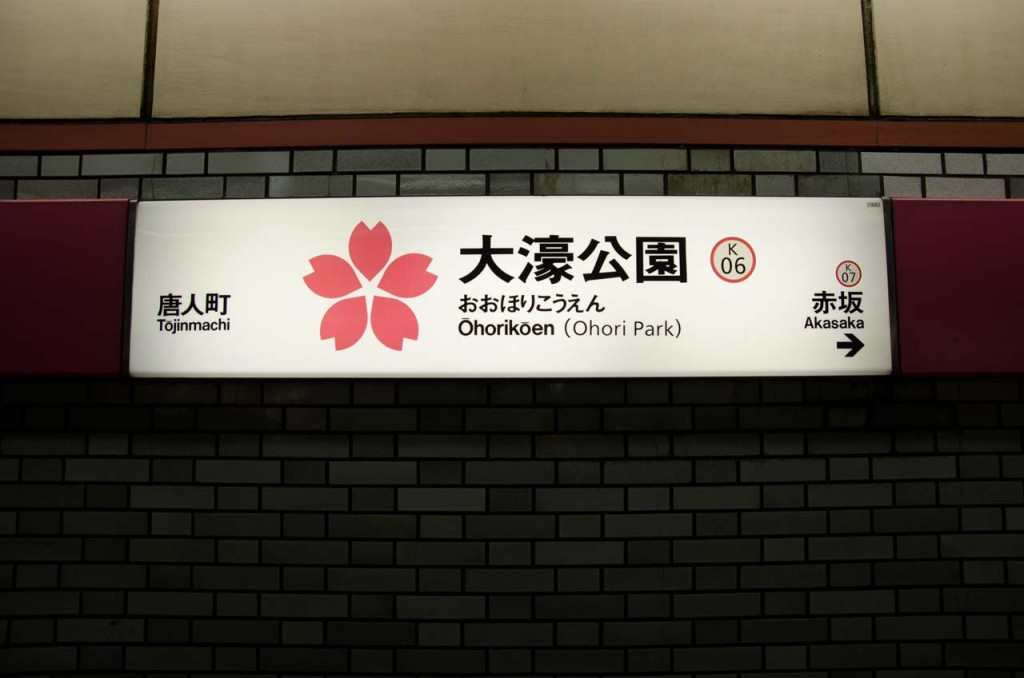

Fukuoka | 10/28
 Japanese riot police guarding the Korean Embassy.
Japanese riot police guarding the Korean Embassy.

Inspiration?
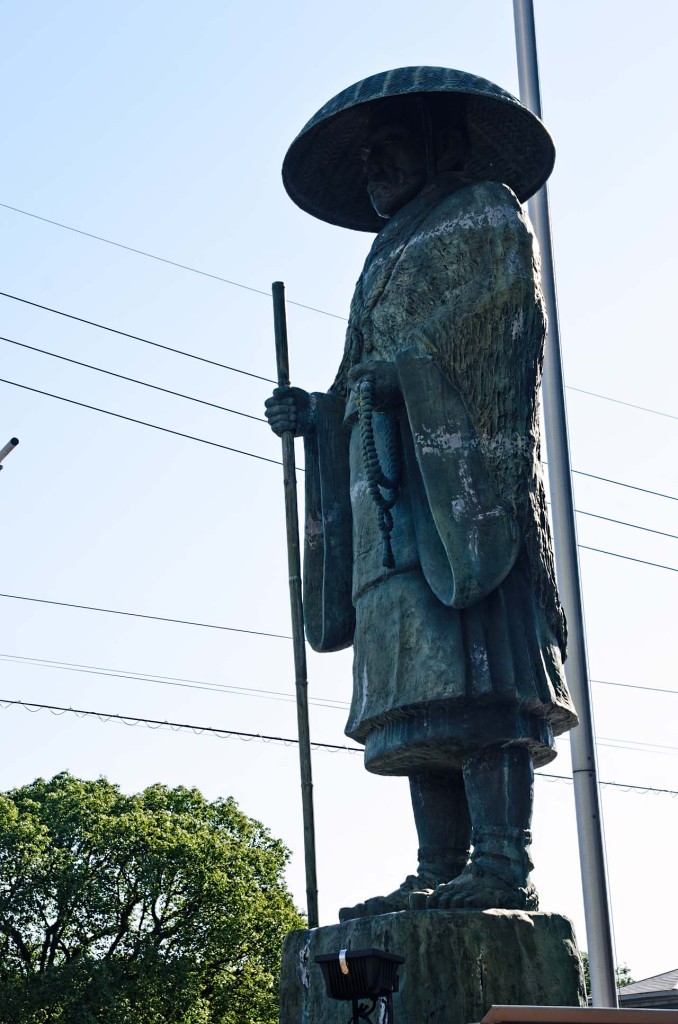
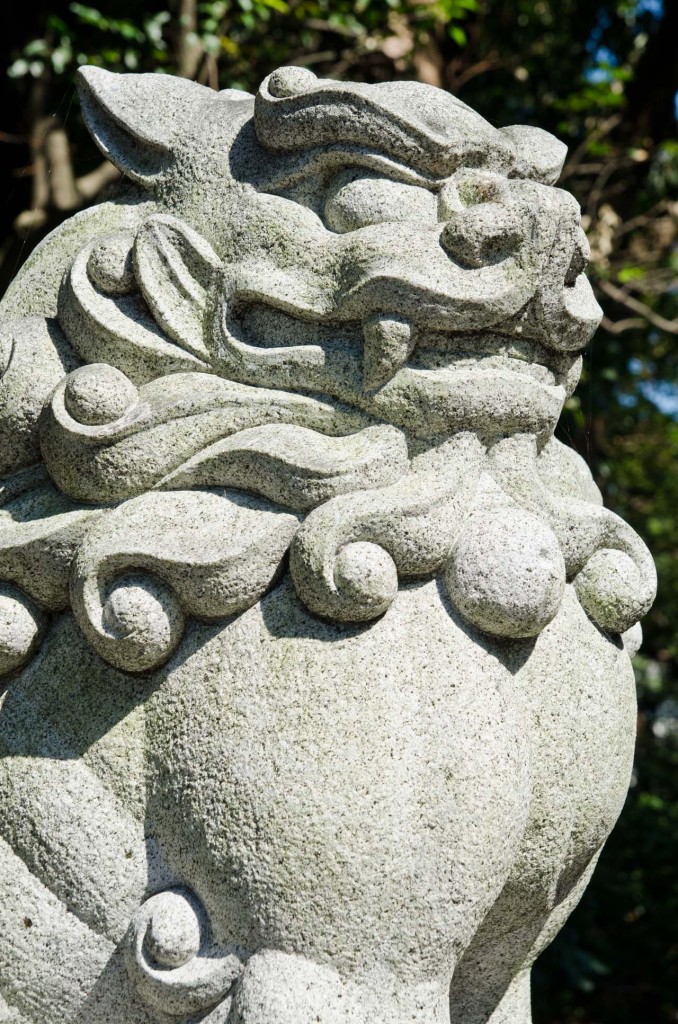
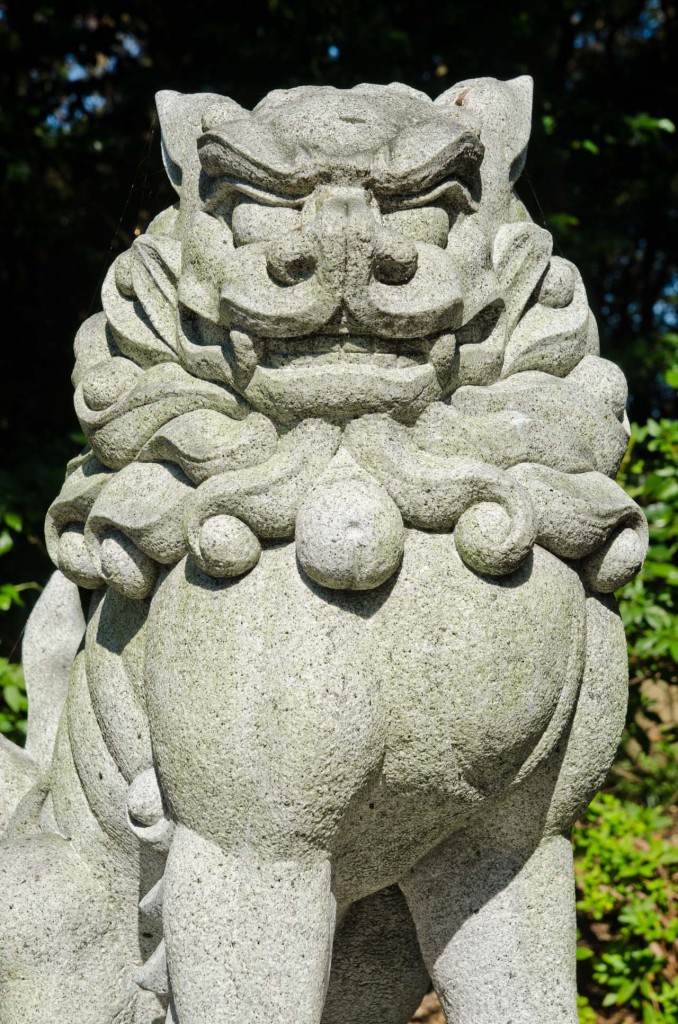 Komainu (狛犬)
Komainu (狛犬)
“Meant to ward off evil spirits, modern komainu statues are almost identical, but one has the mouth open, the other closed. This is a very common characteristic in religious statue pairs at both temples and shrines. This pattern is however Buddhist in origin and has a symbolic meaning. The open mouth is pronouncing the first letter of the Sanskrit alphabet, which is pronounced “a”, while the closed one is uttering the last letter, which is pronounced “um”, to represent the beginning and the end of all things. Together they form the sound Aum, a syllable sacred in several religions like Hinduism, Buddhism, and Jainism.” Wikipedia article.
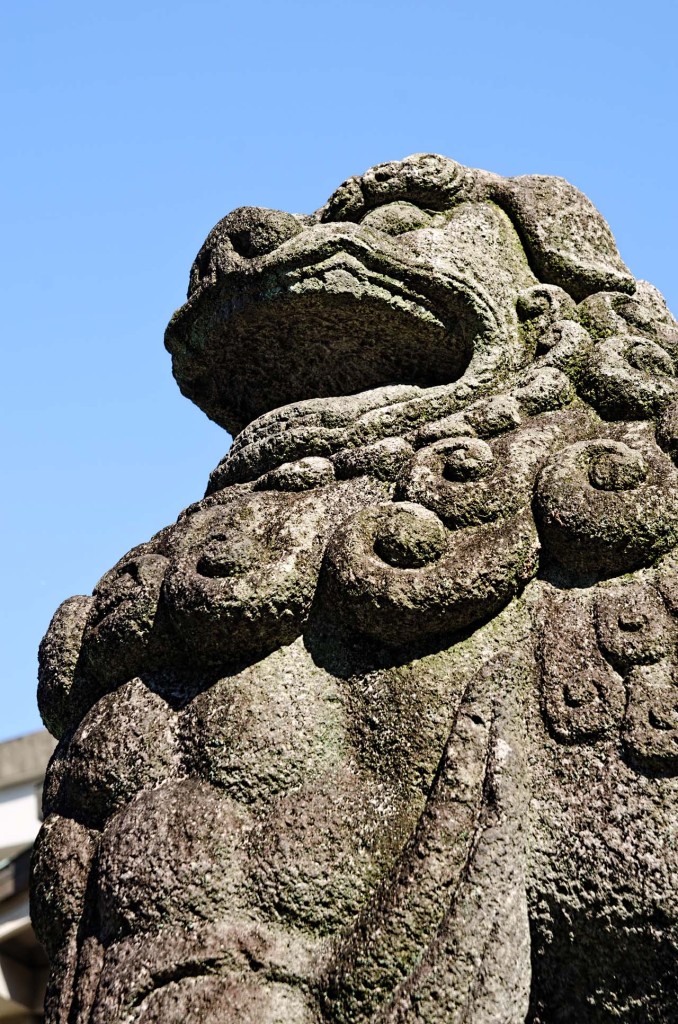
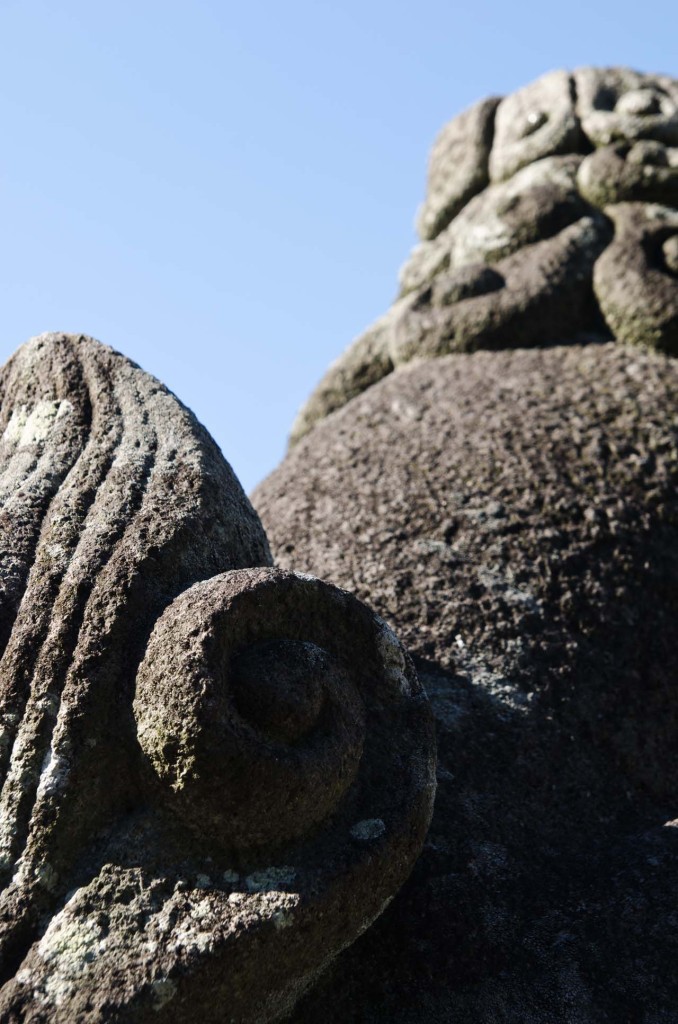
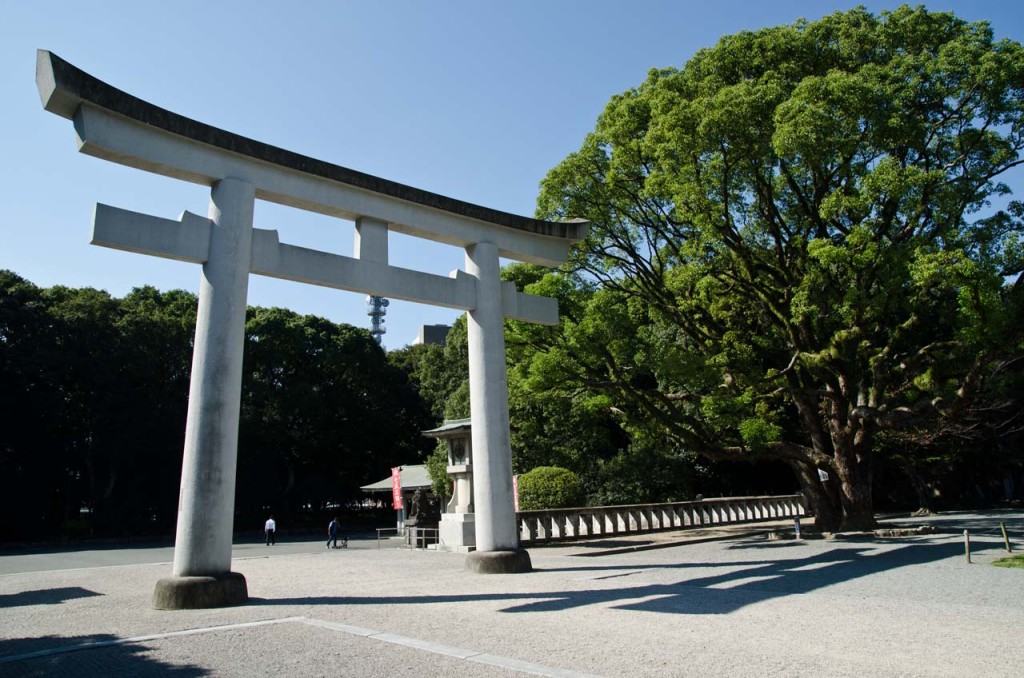 Gokoku Shrine 護国神社.
Gokoku Shrine 護国神社. 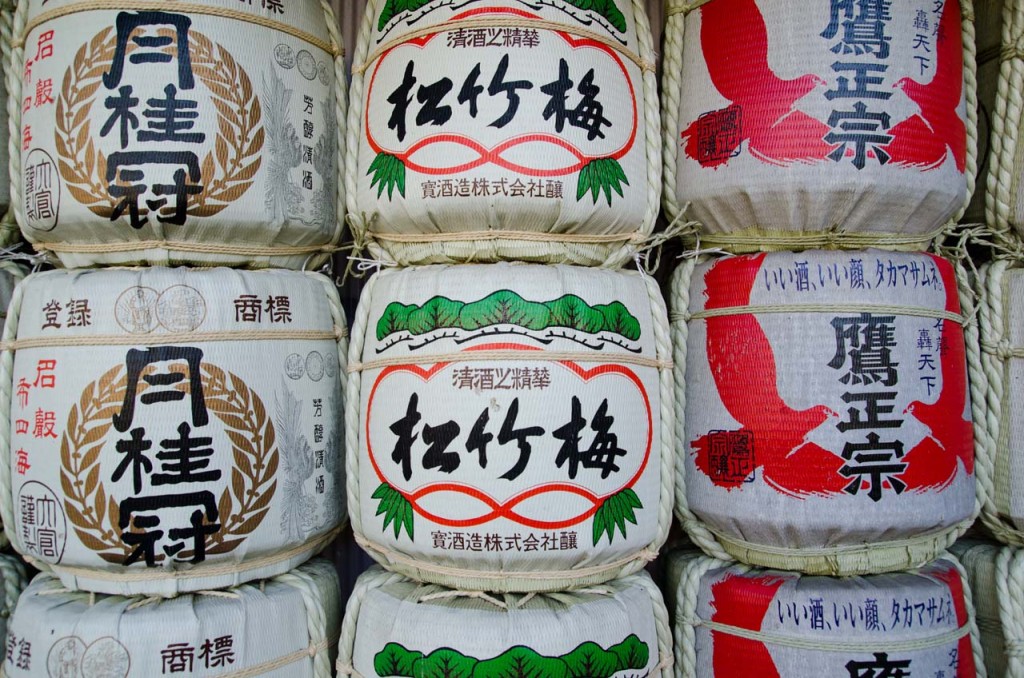
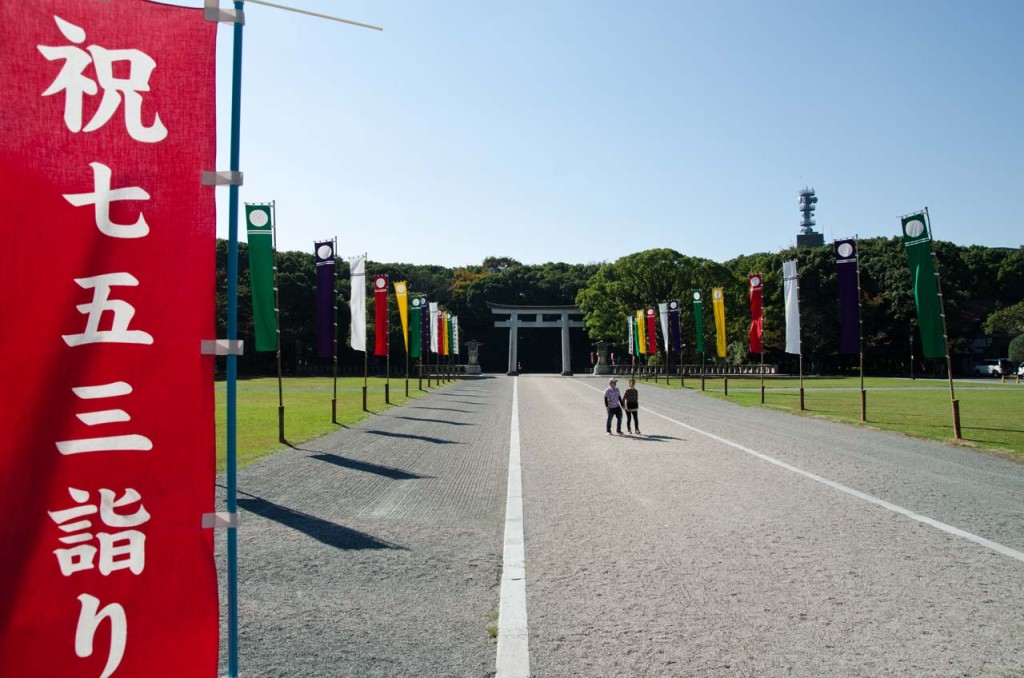
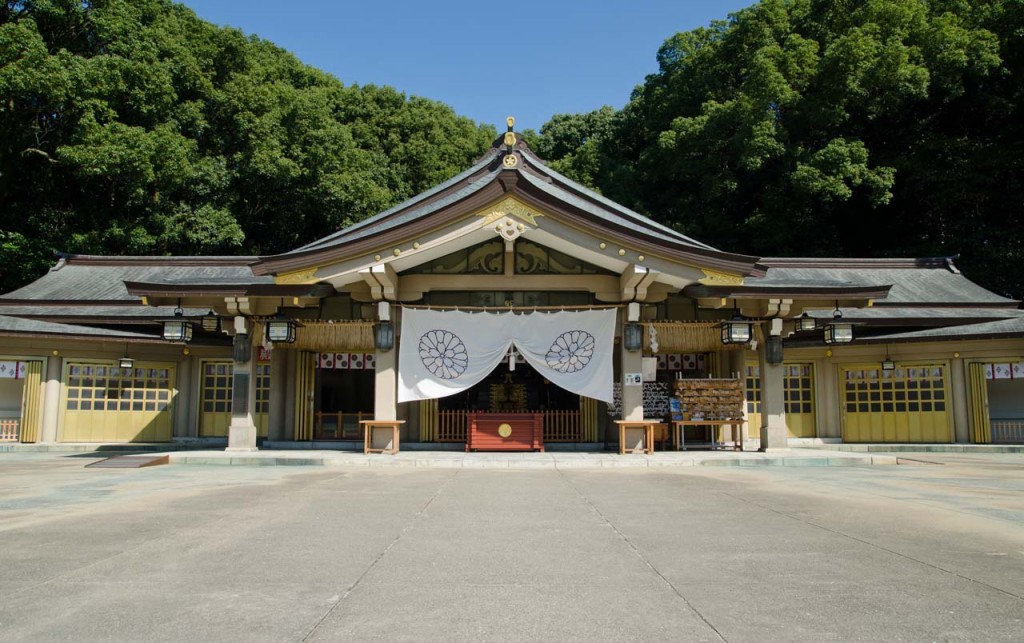
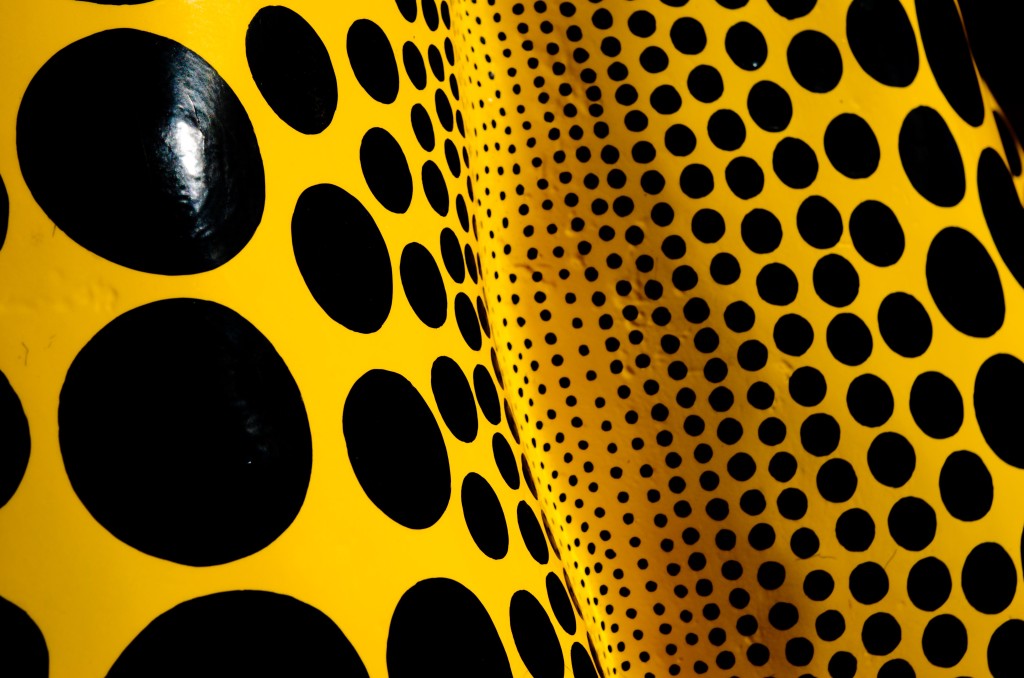 Yayoi Kusama 草間 彌生 pumpkin パンプキン sculpture at Fukuoka Art Museum 福岡市美術館. Ohori Park. More Yakoi Kusama pumpkins (INHALE MAG).
Yayoi Kusama 草間 彌生 pumpkin パンプキン sculpture at Fukuoka Art Museum 福岡市美術館. Ohori Park. More Yakoi Kusama pumpkins (INHALE MAG).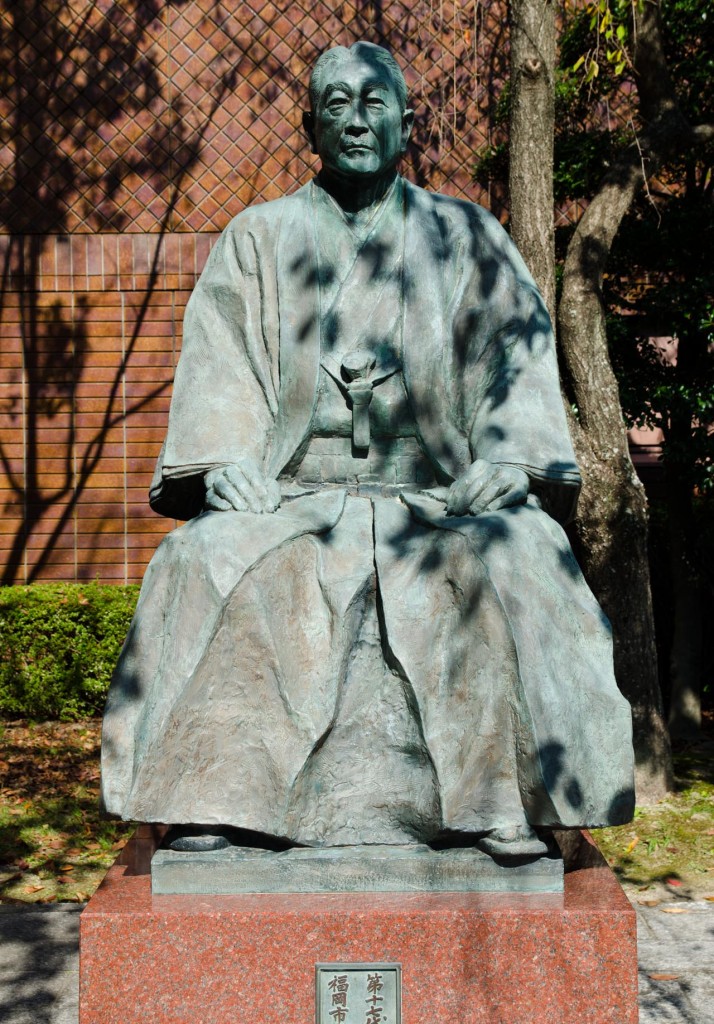 Ohori Park.
Ohori Park.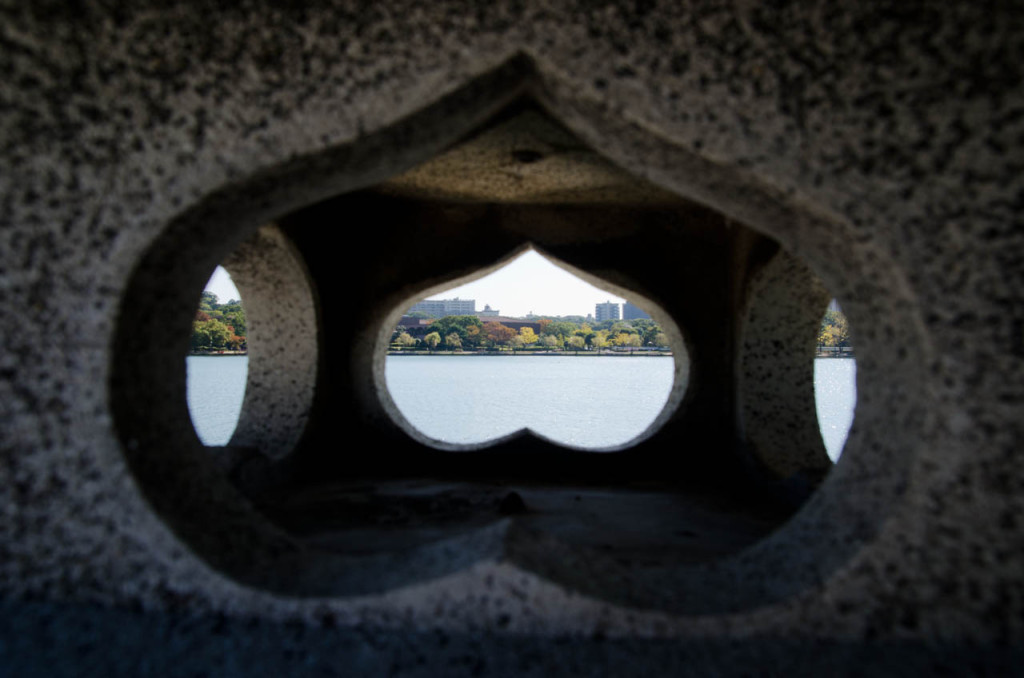
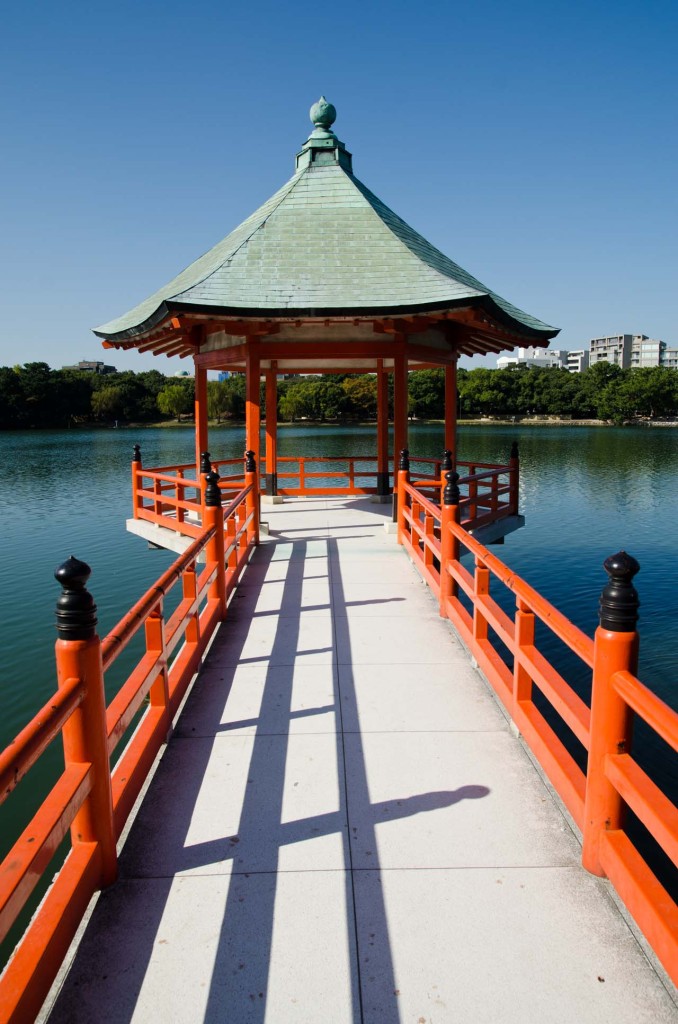
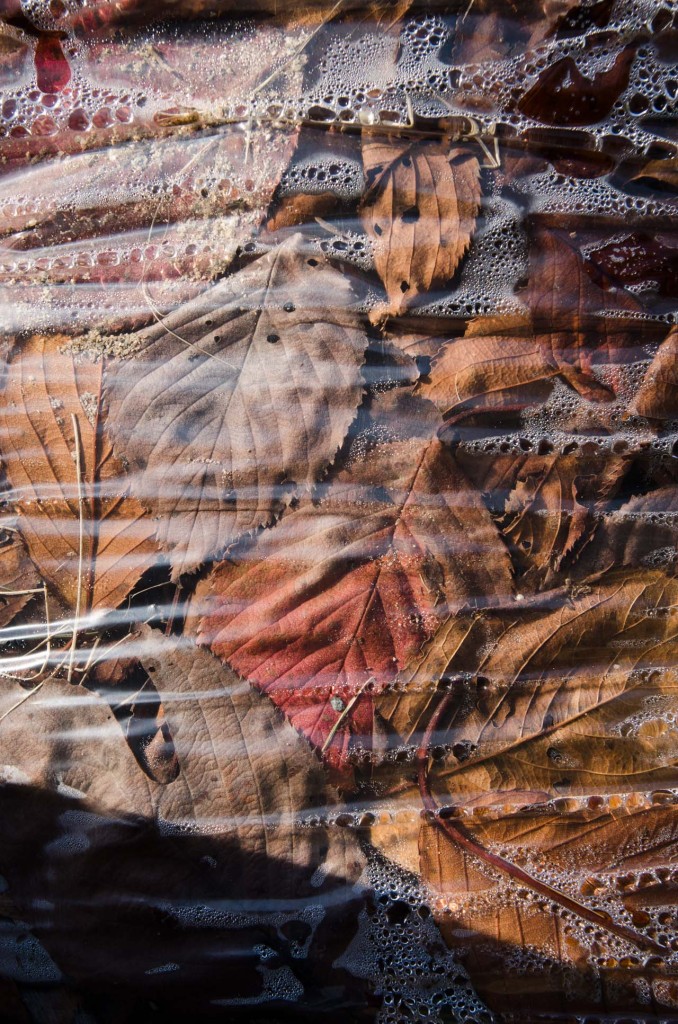
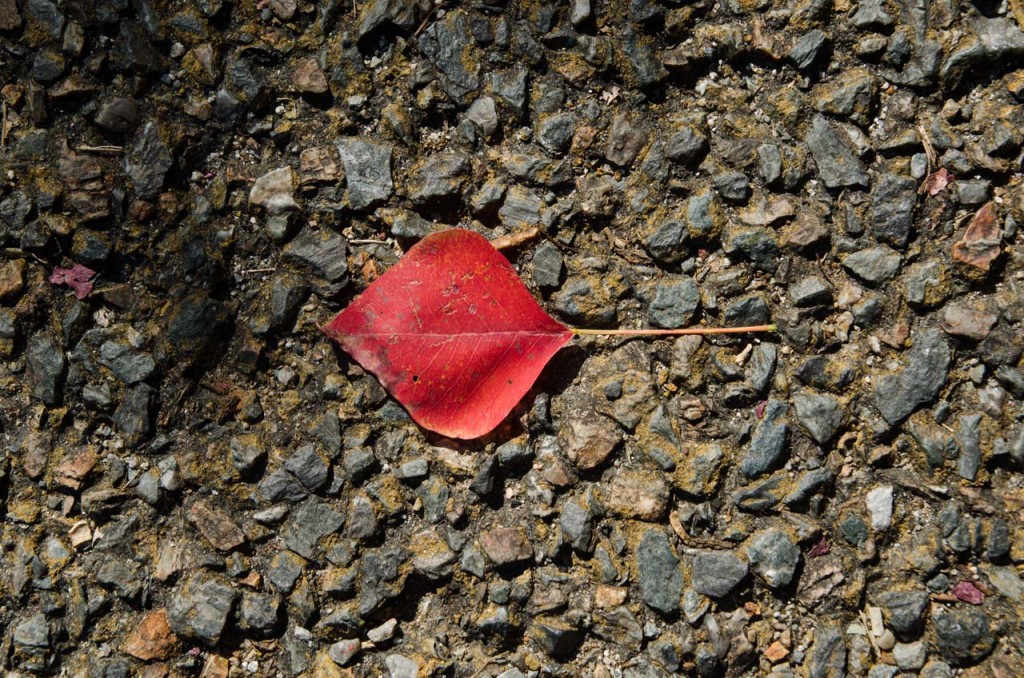
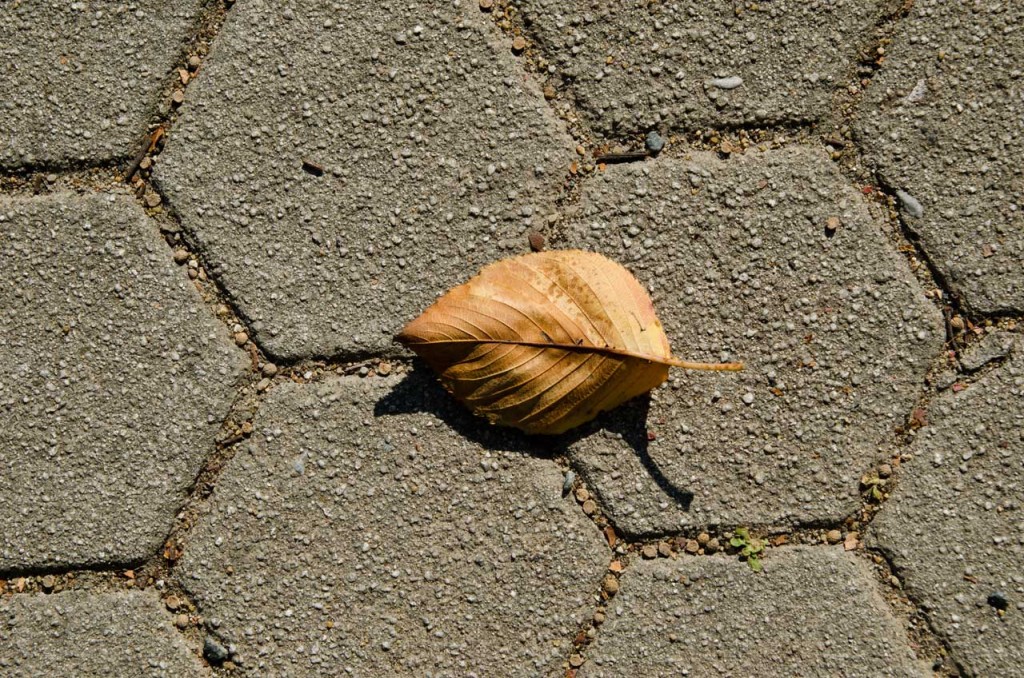
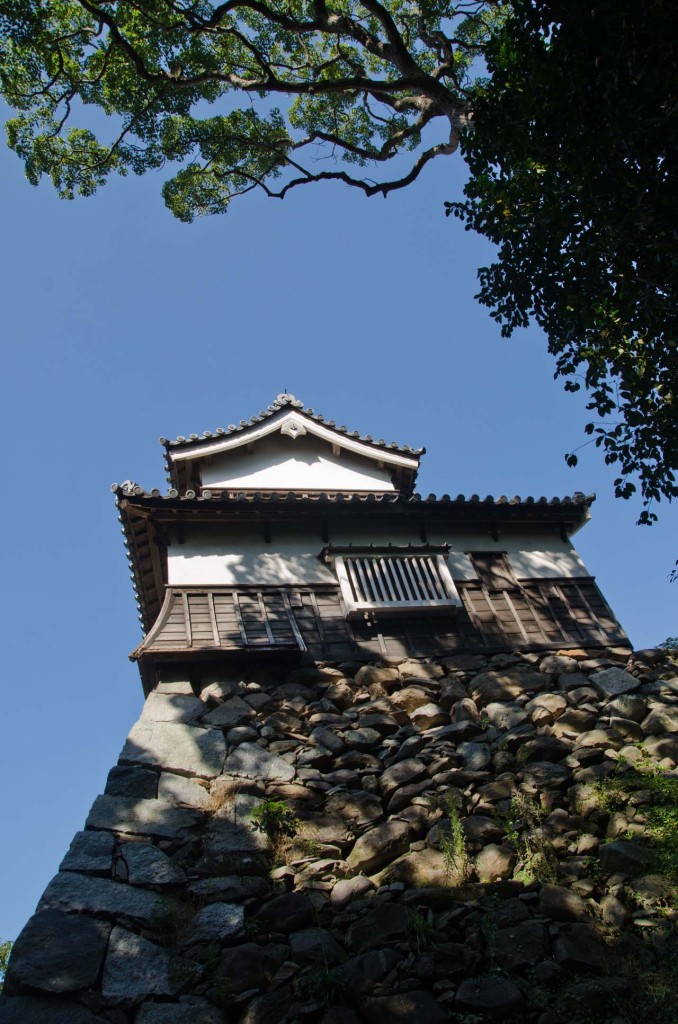 Fukuoka Castle ruins 福岡城.
Fukuoka Castle ruins 福岡城.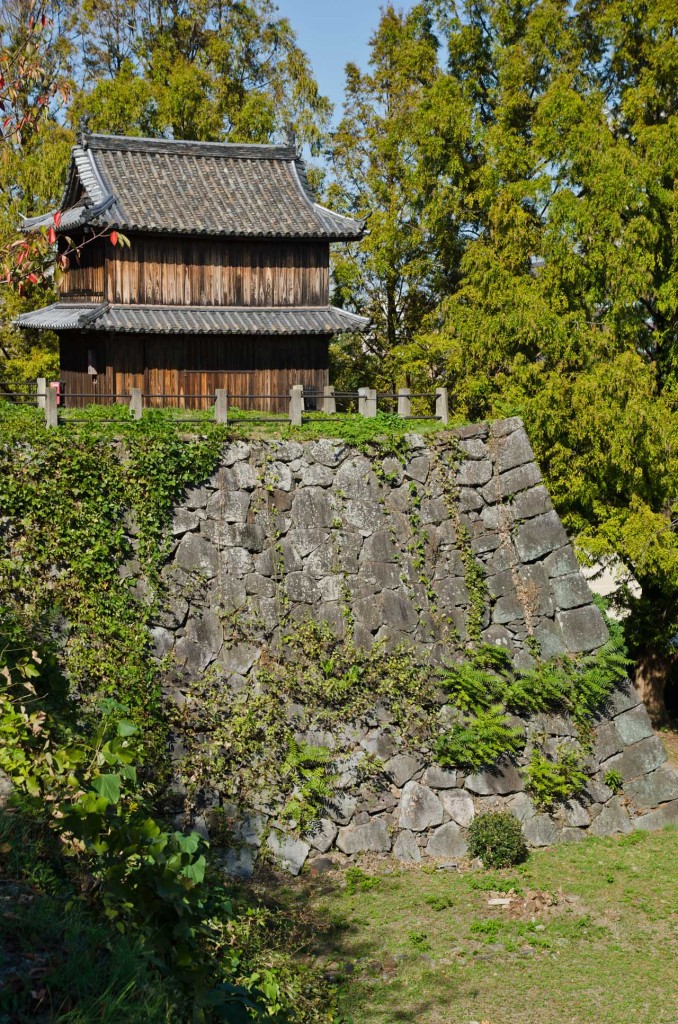
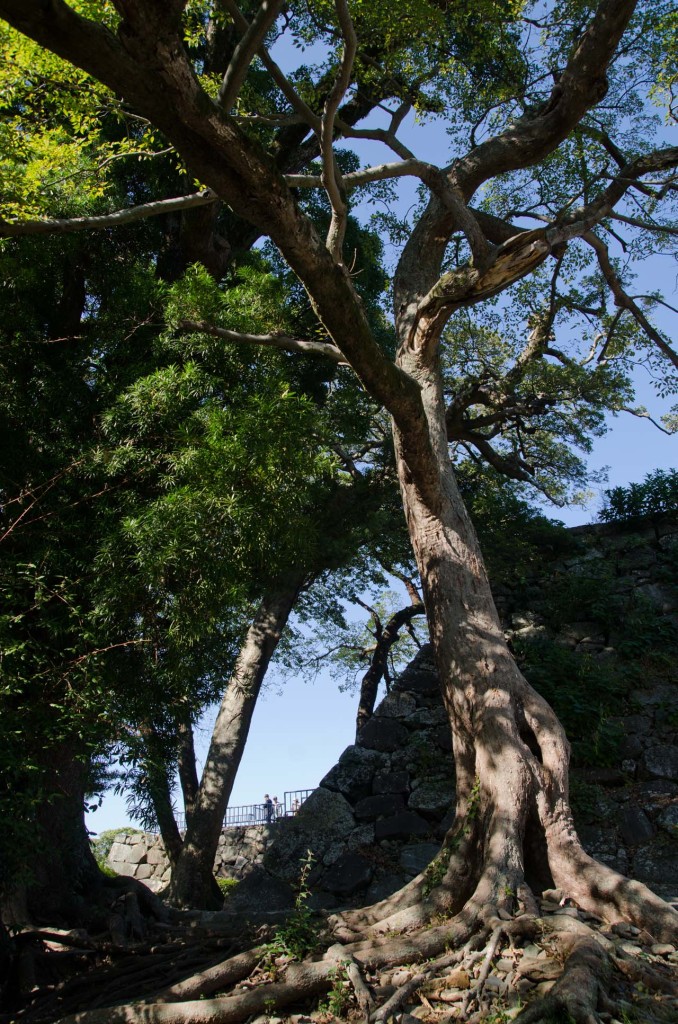 October 28, 2014.
October 28, 2014.
